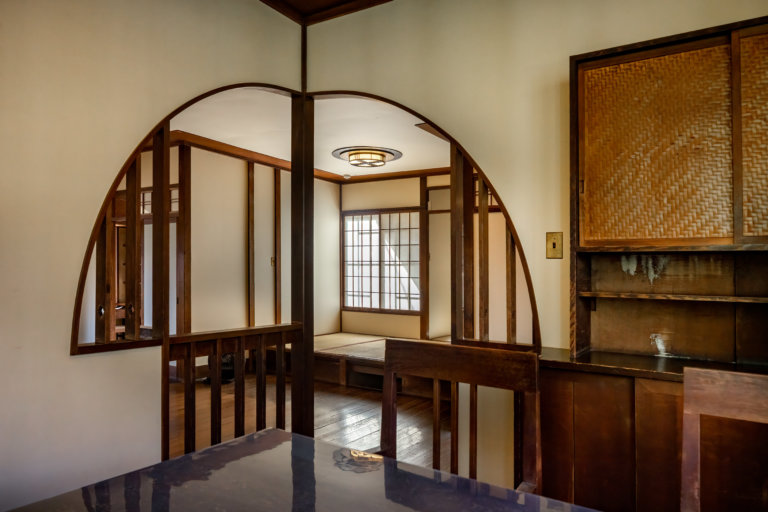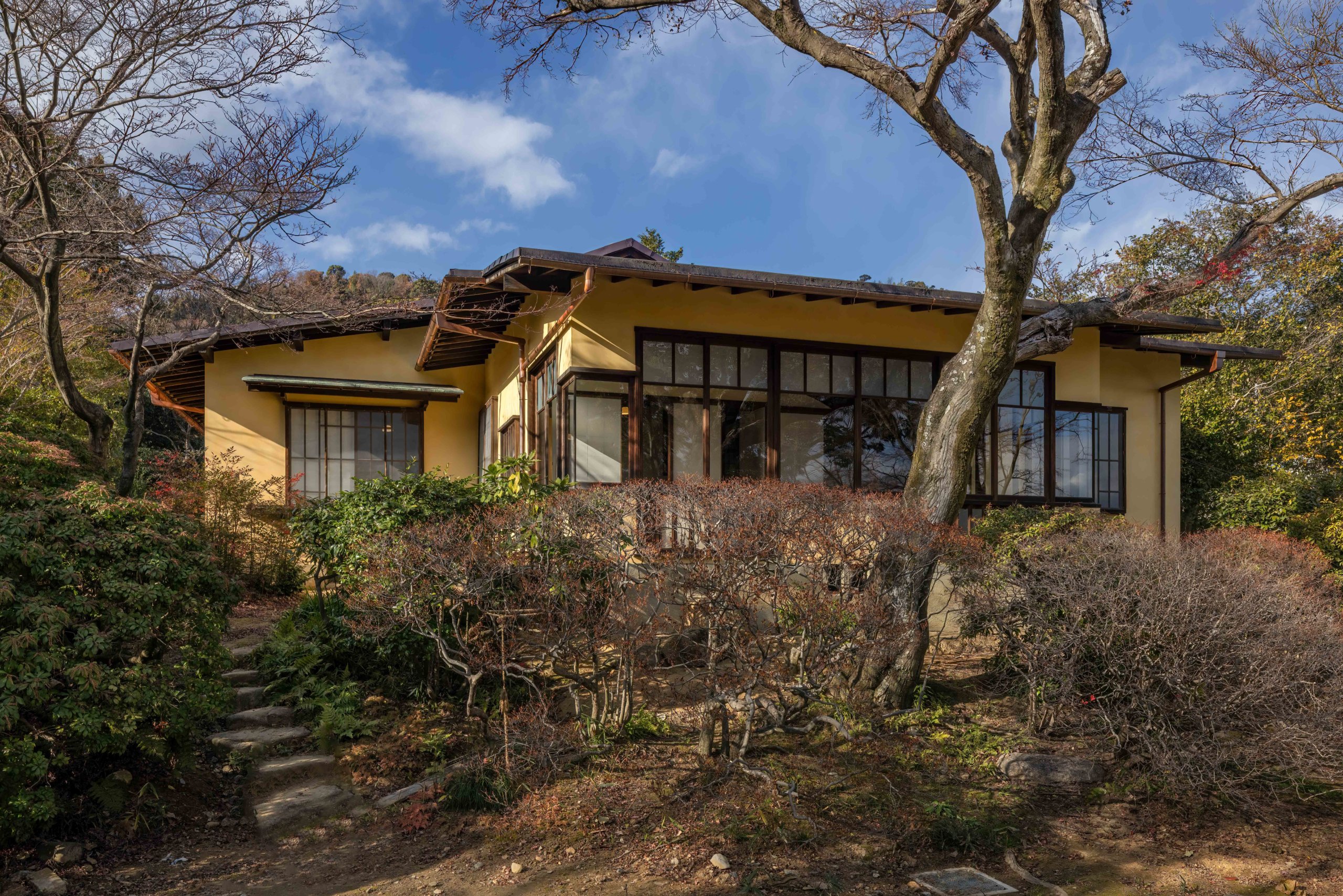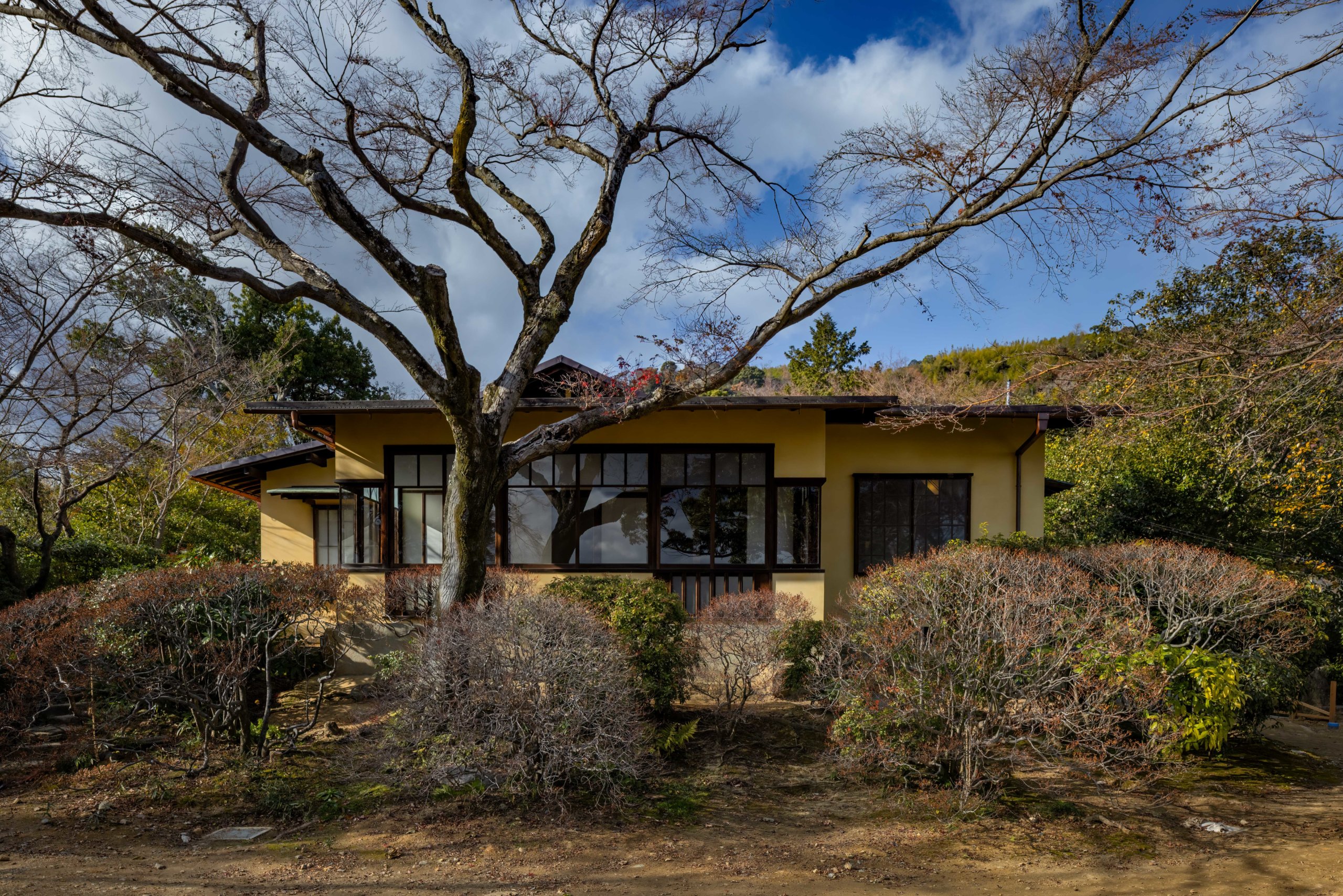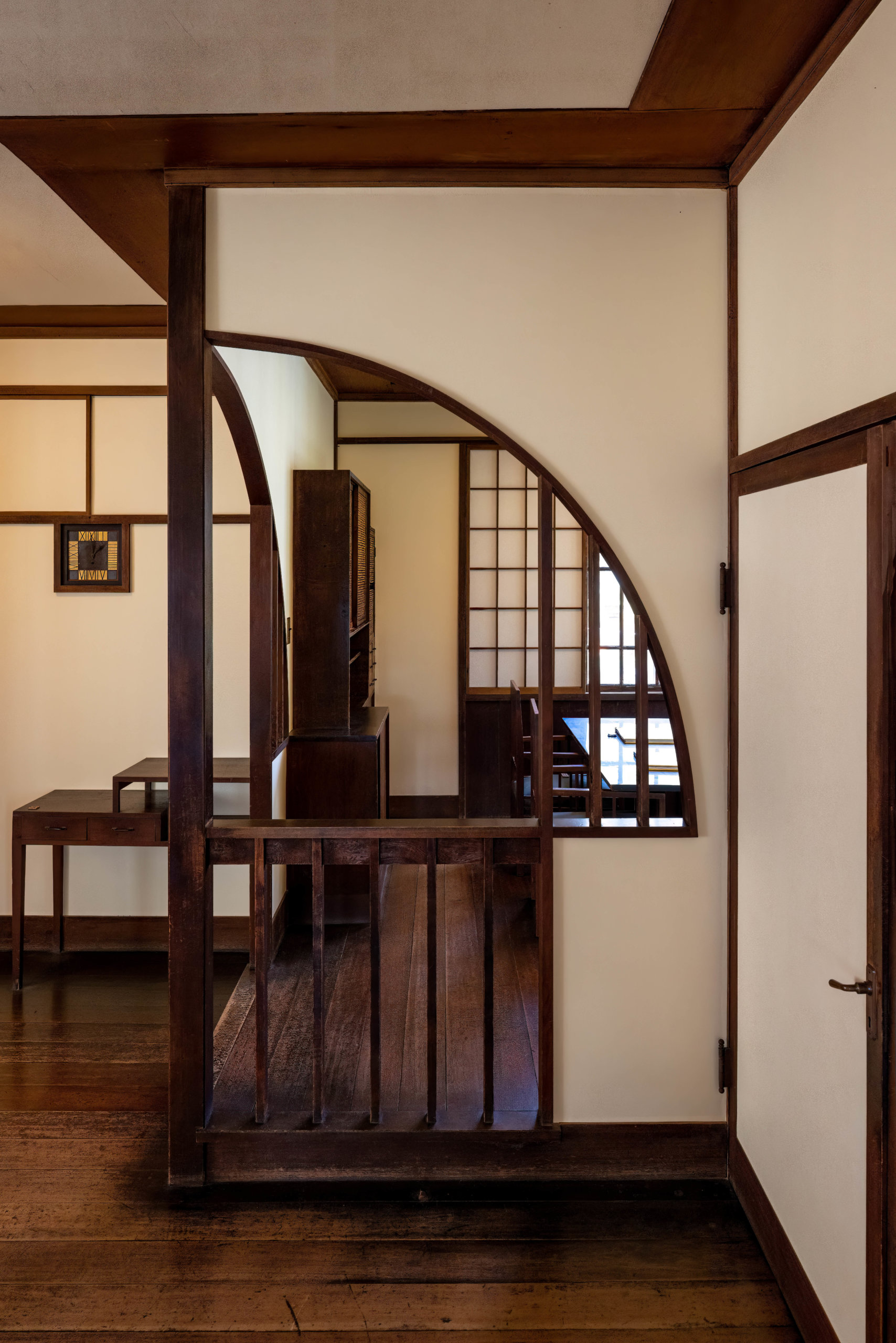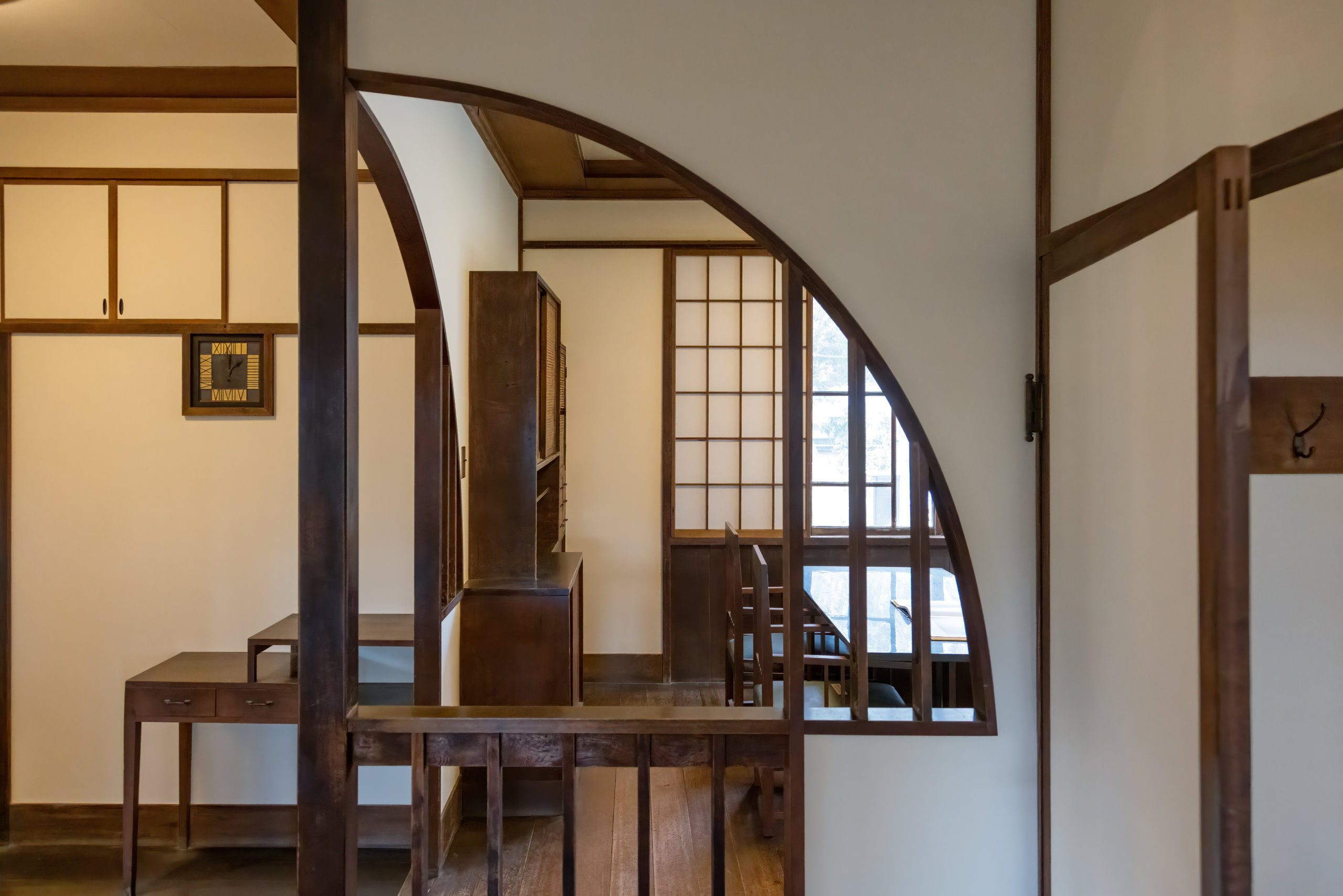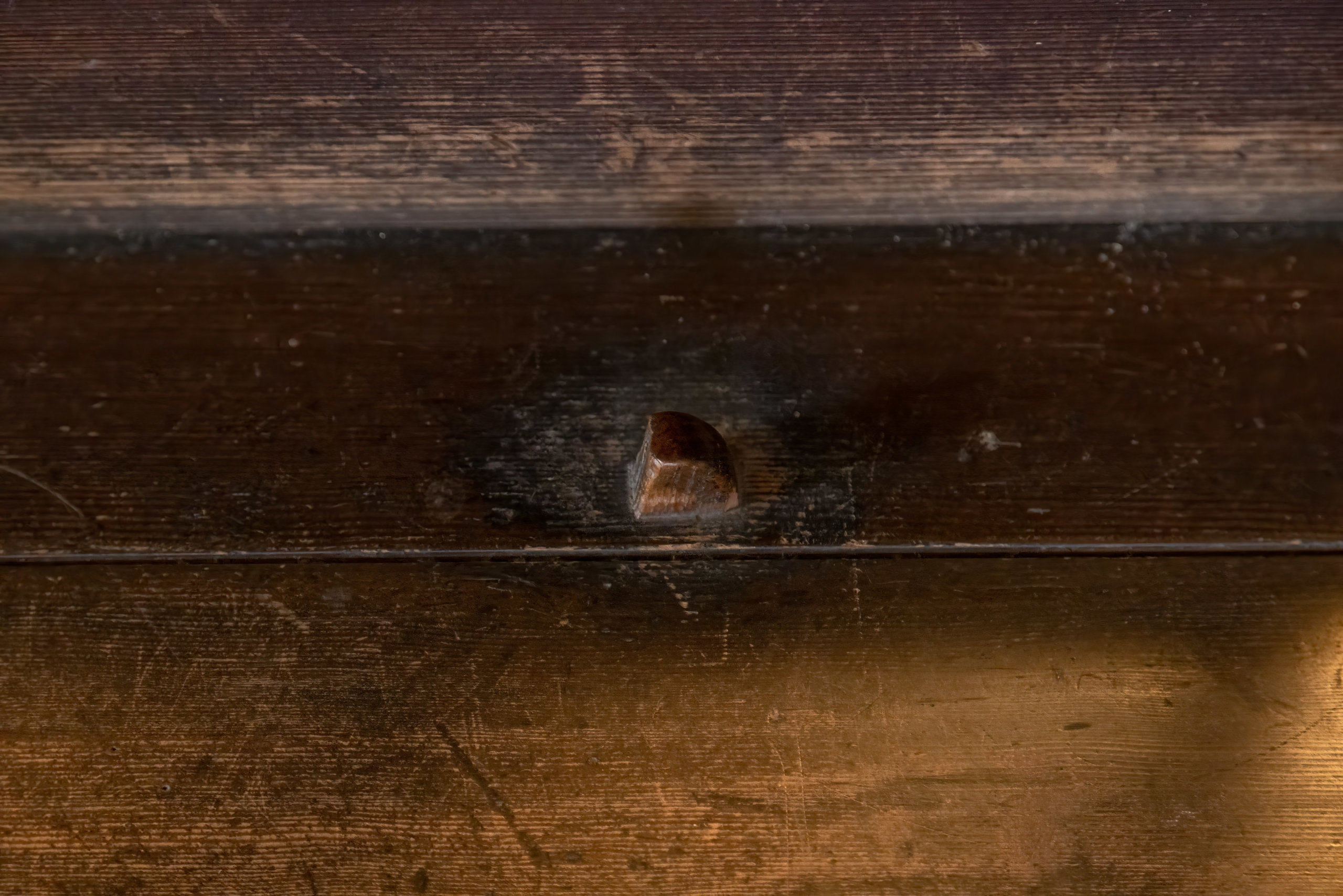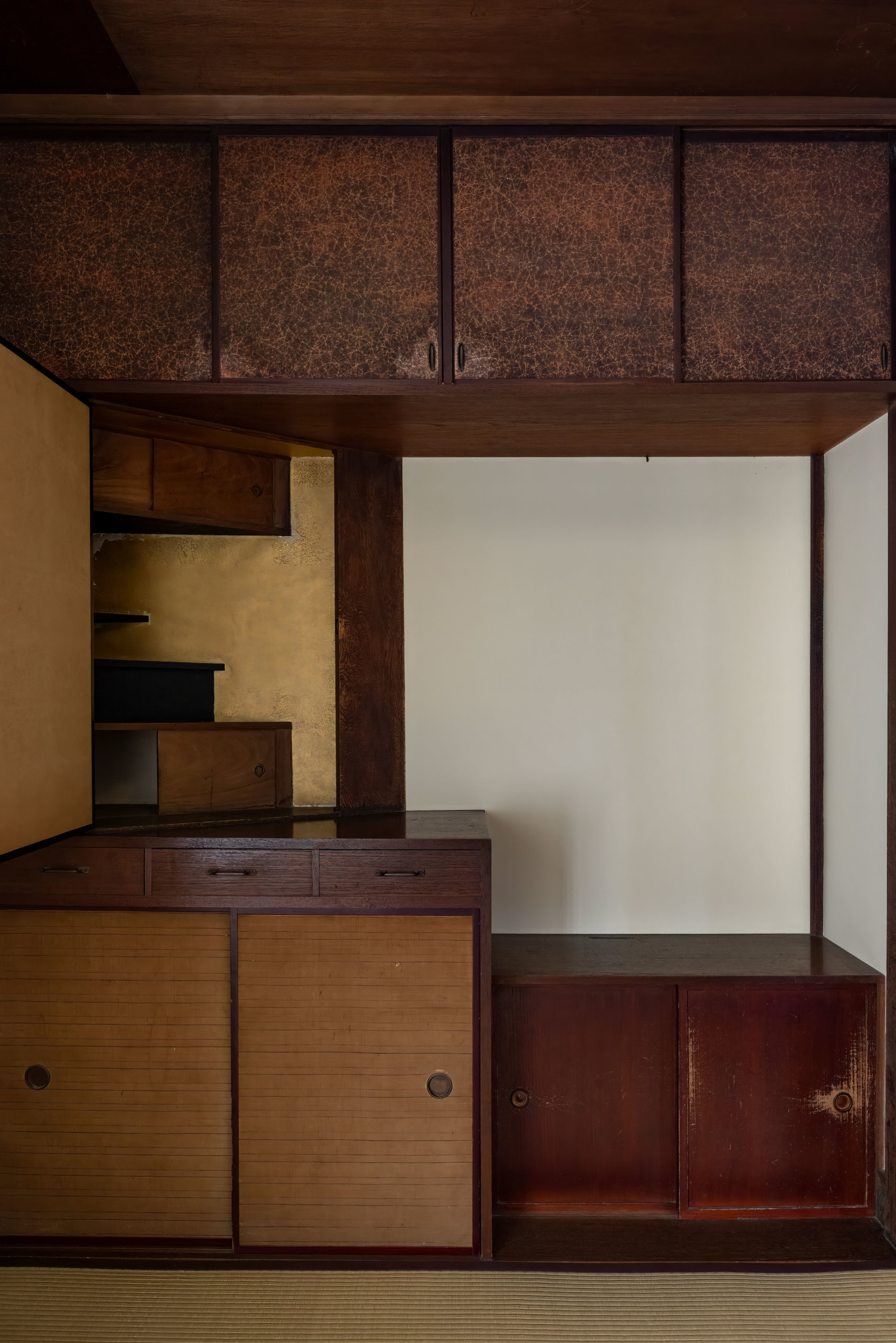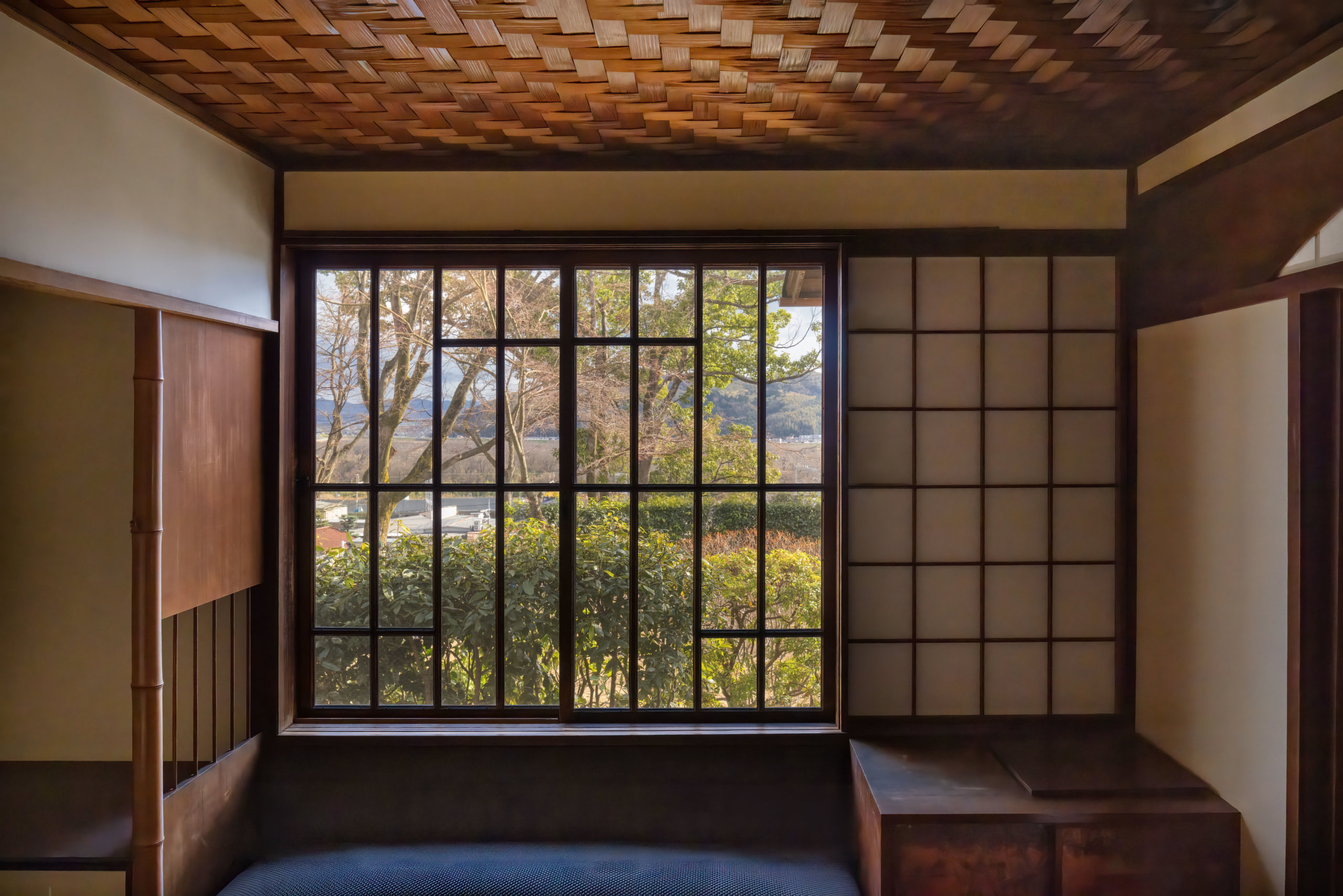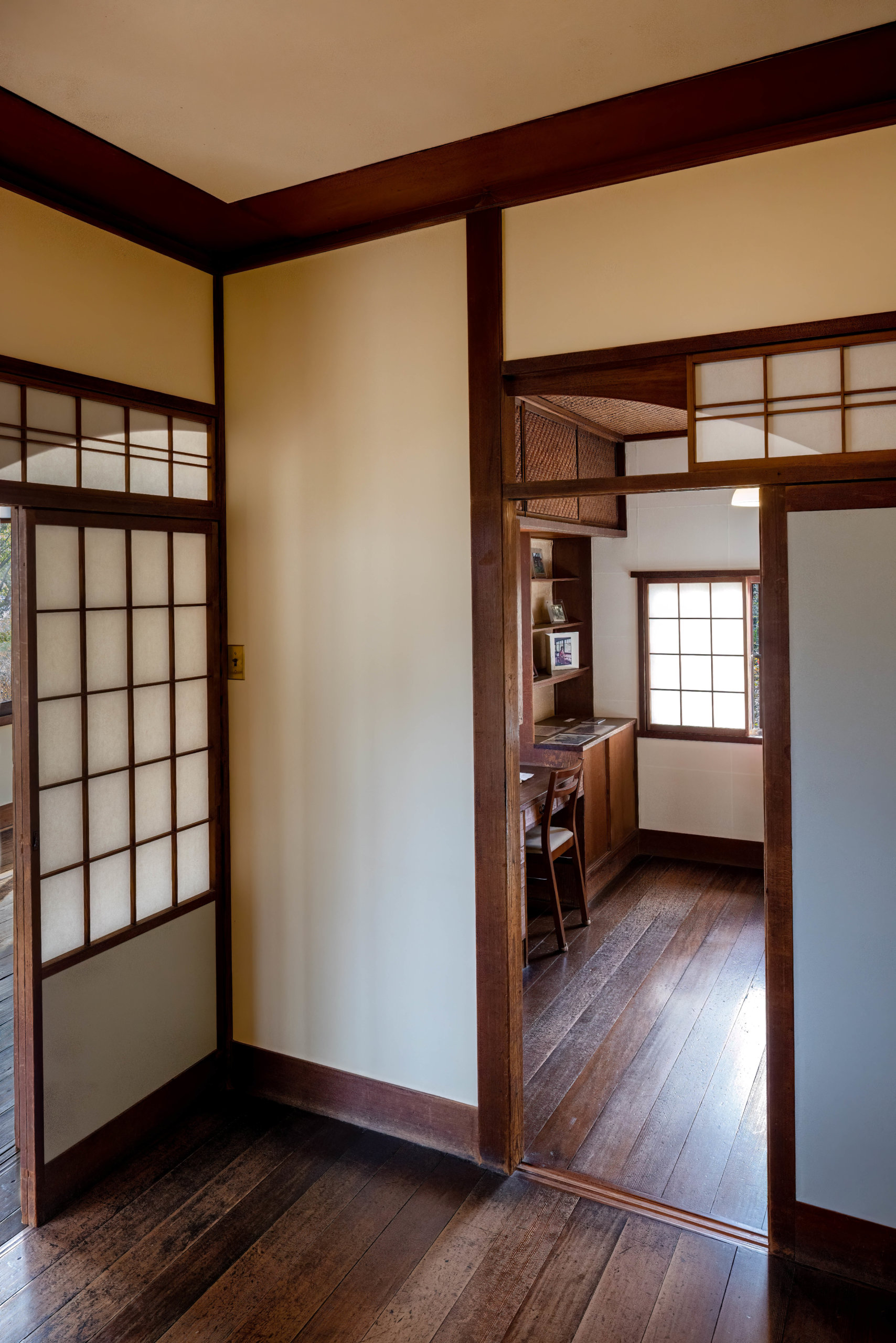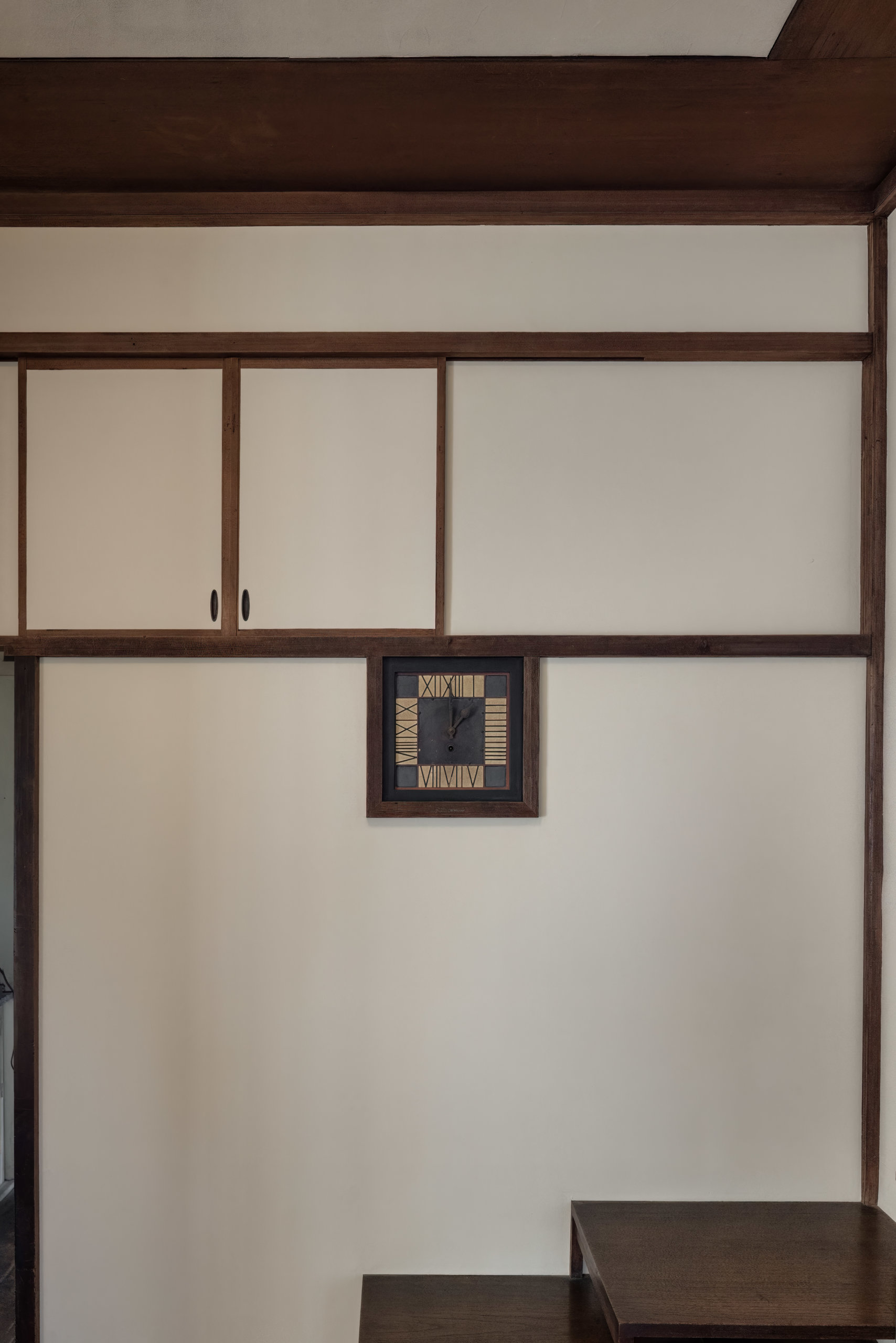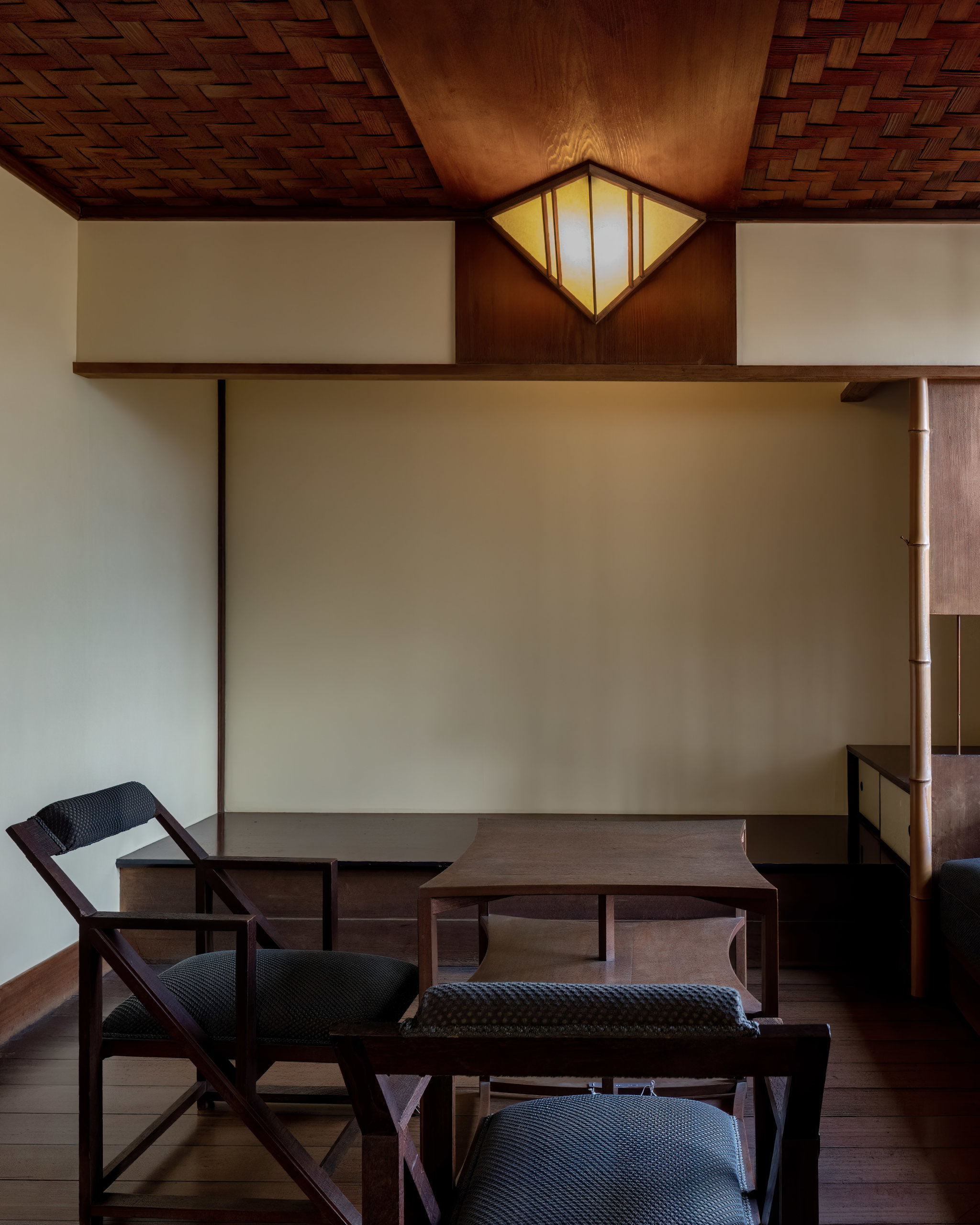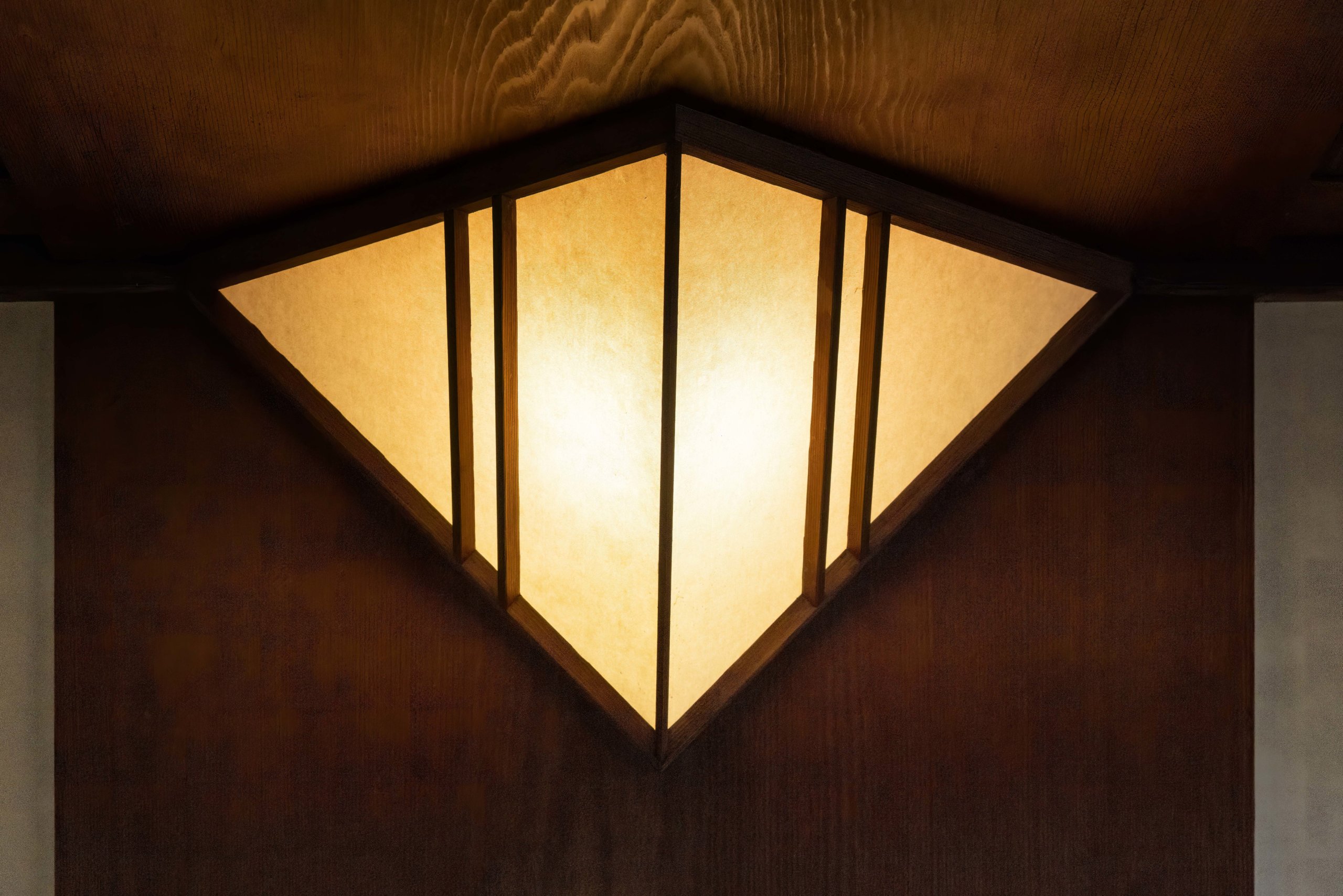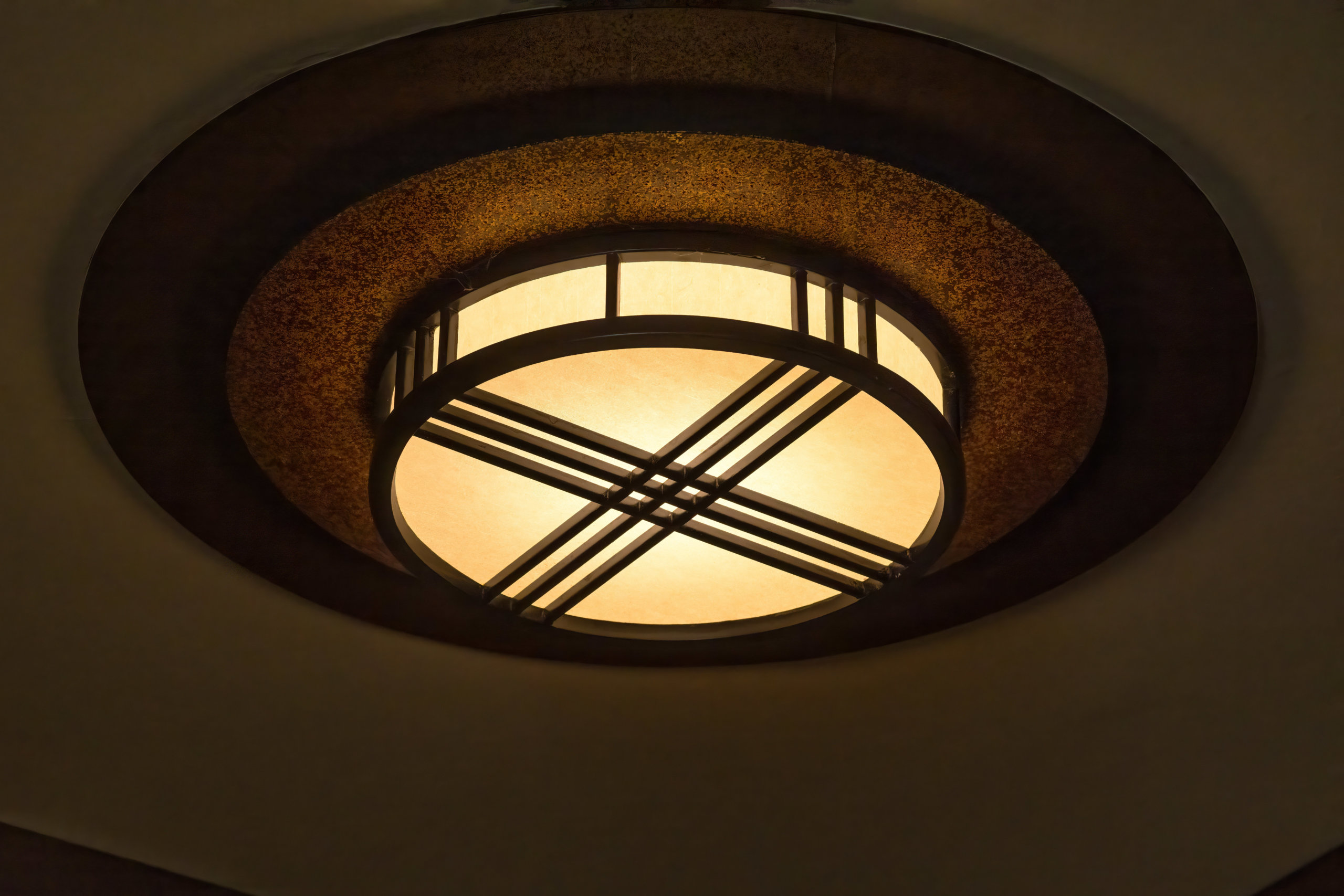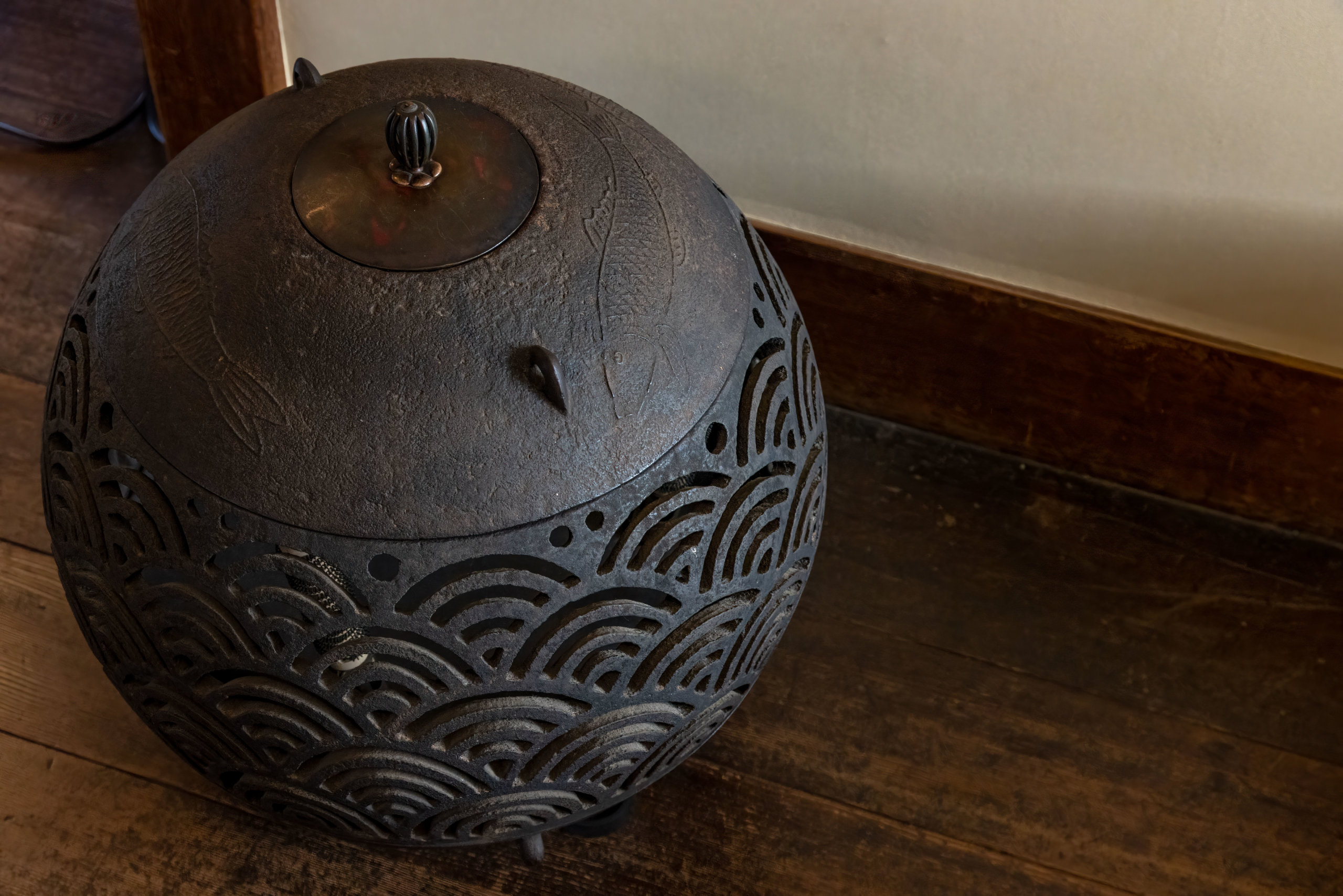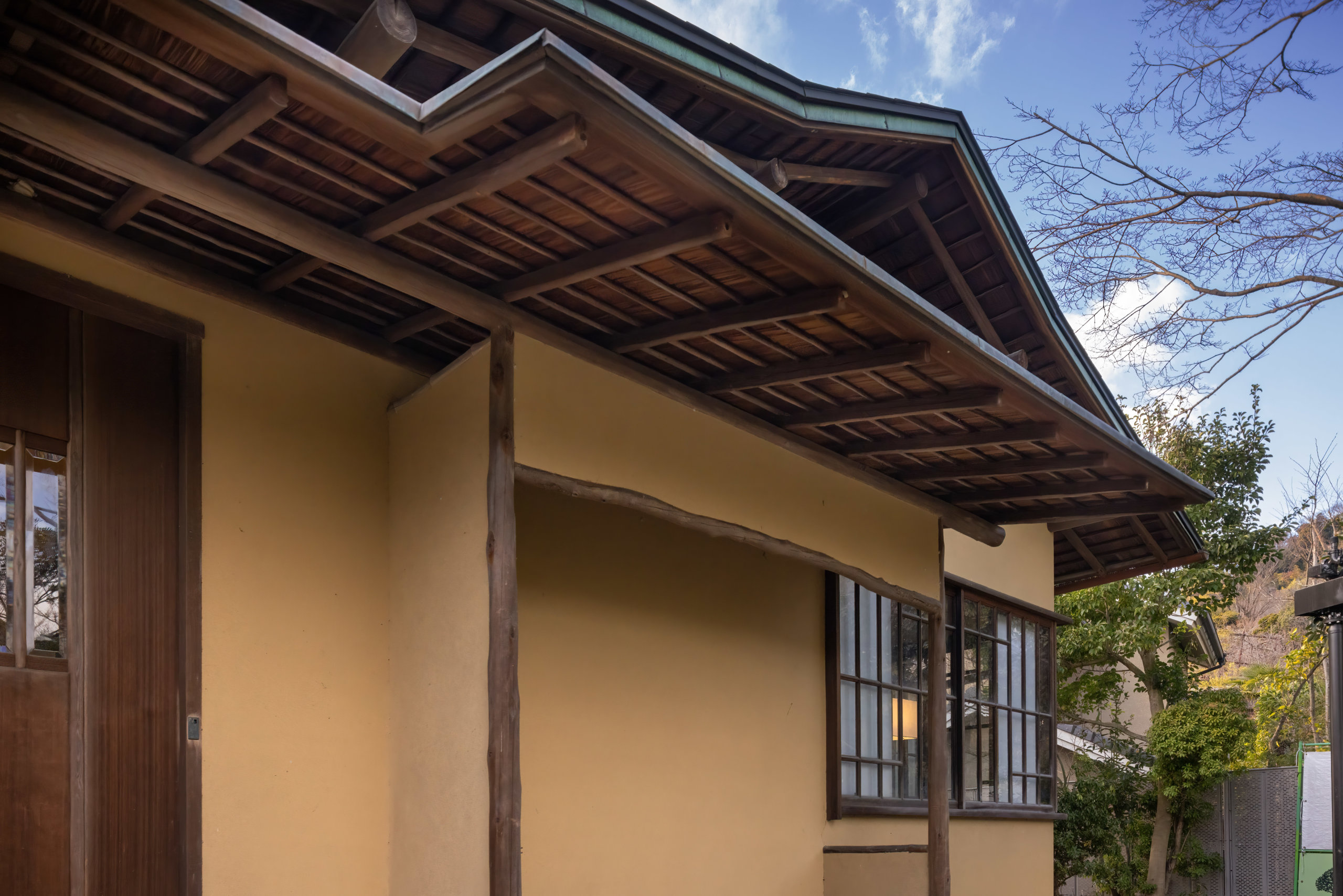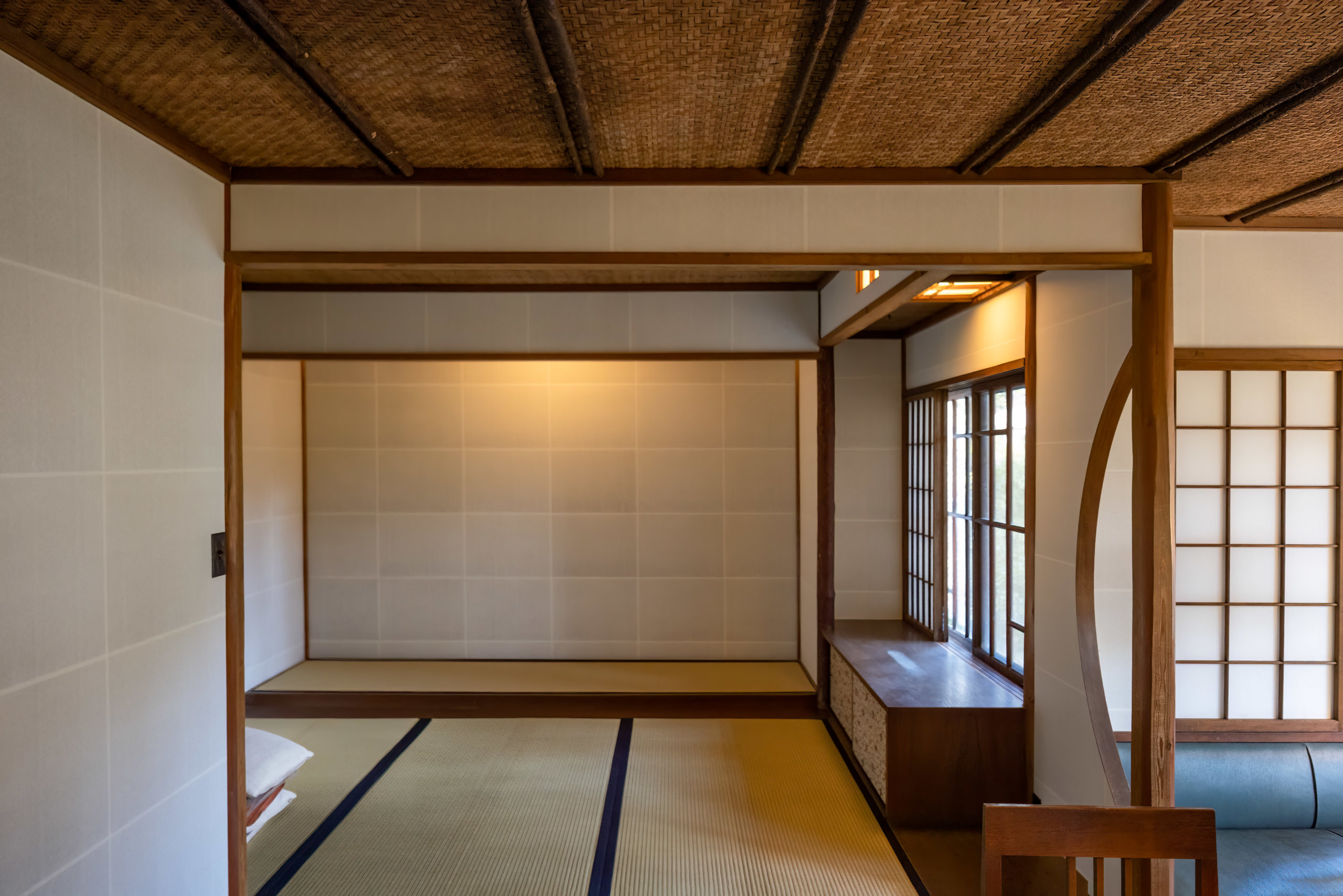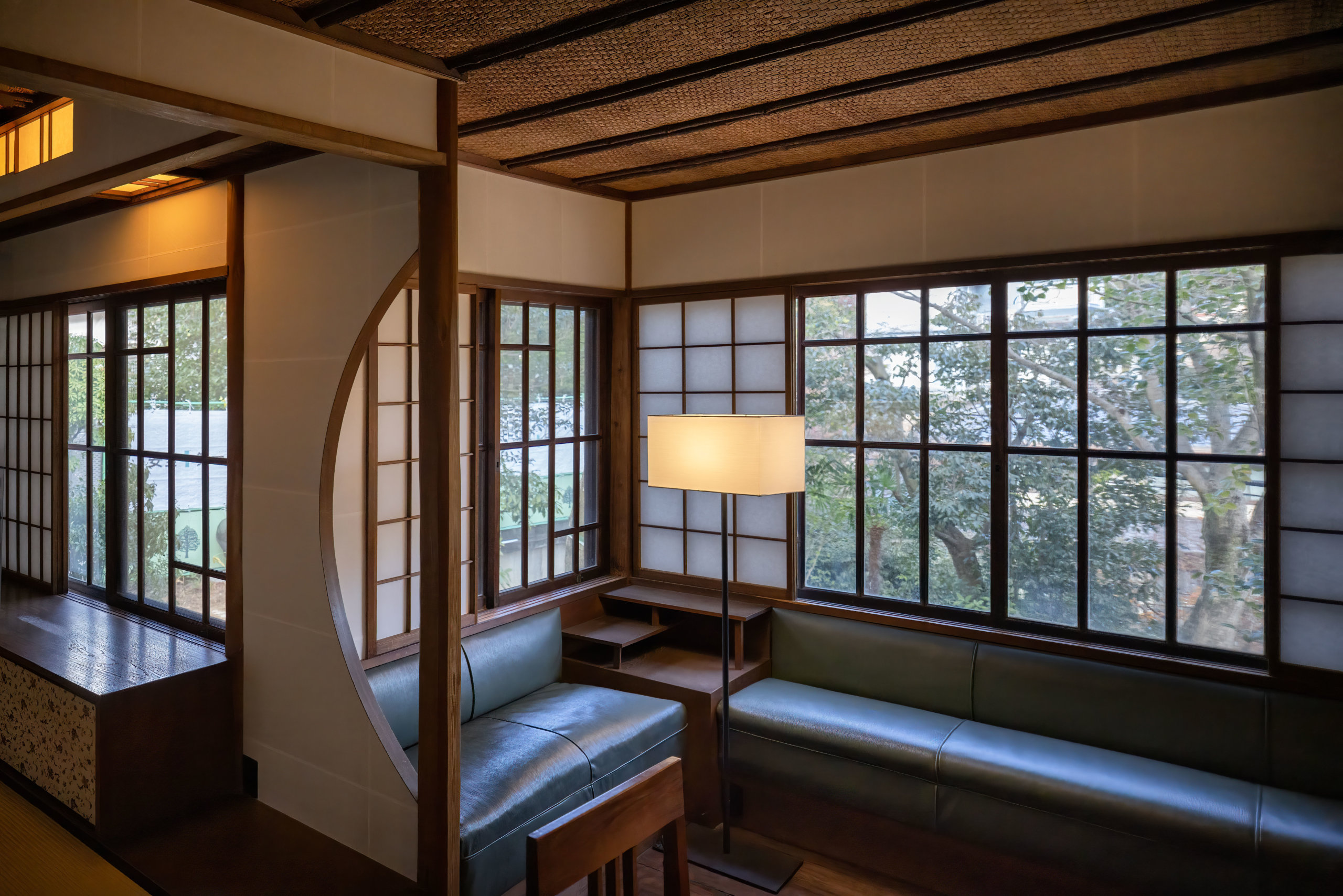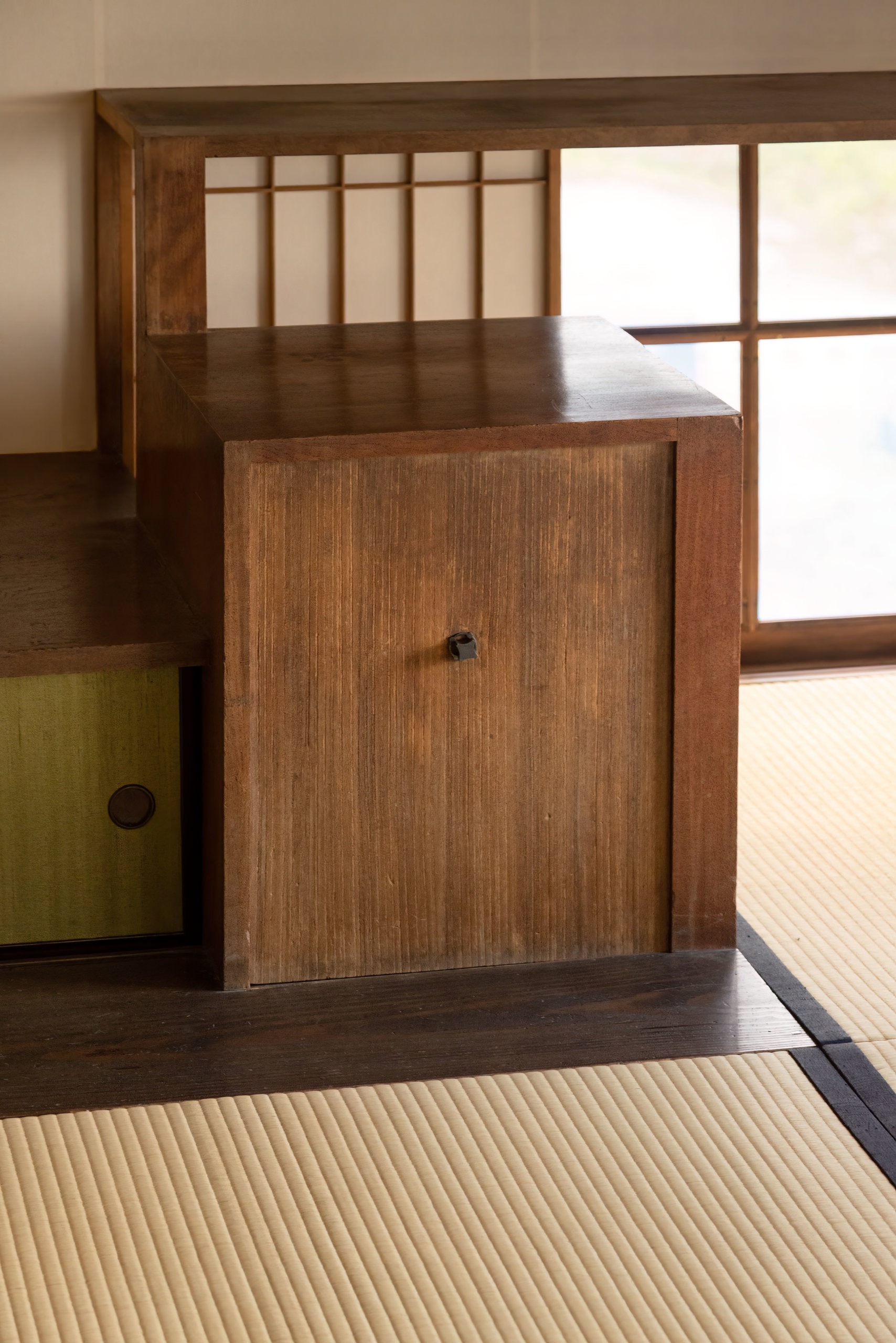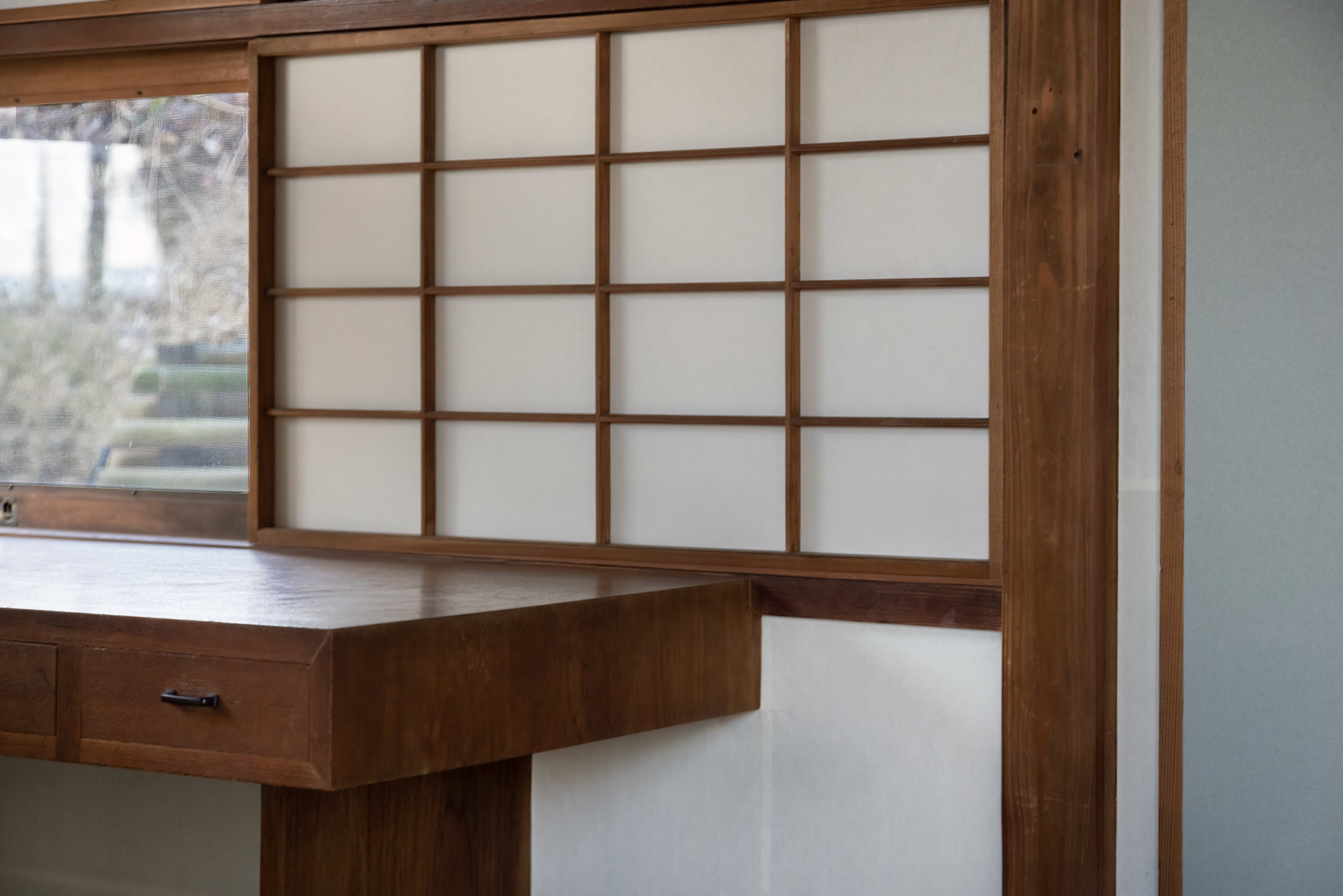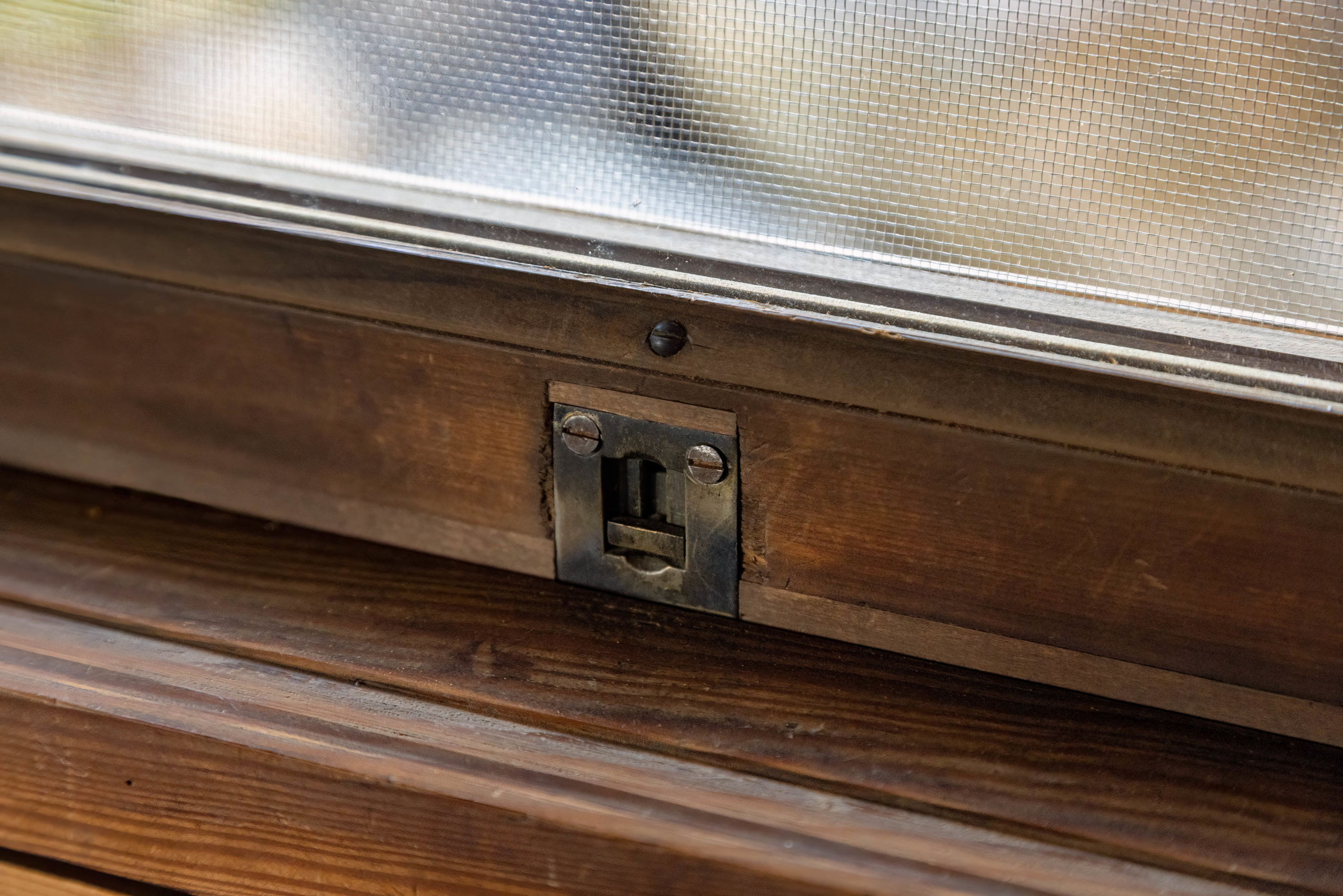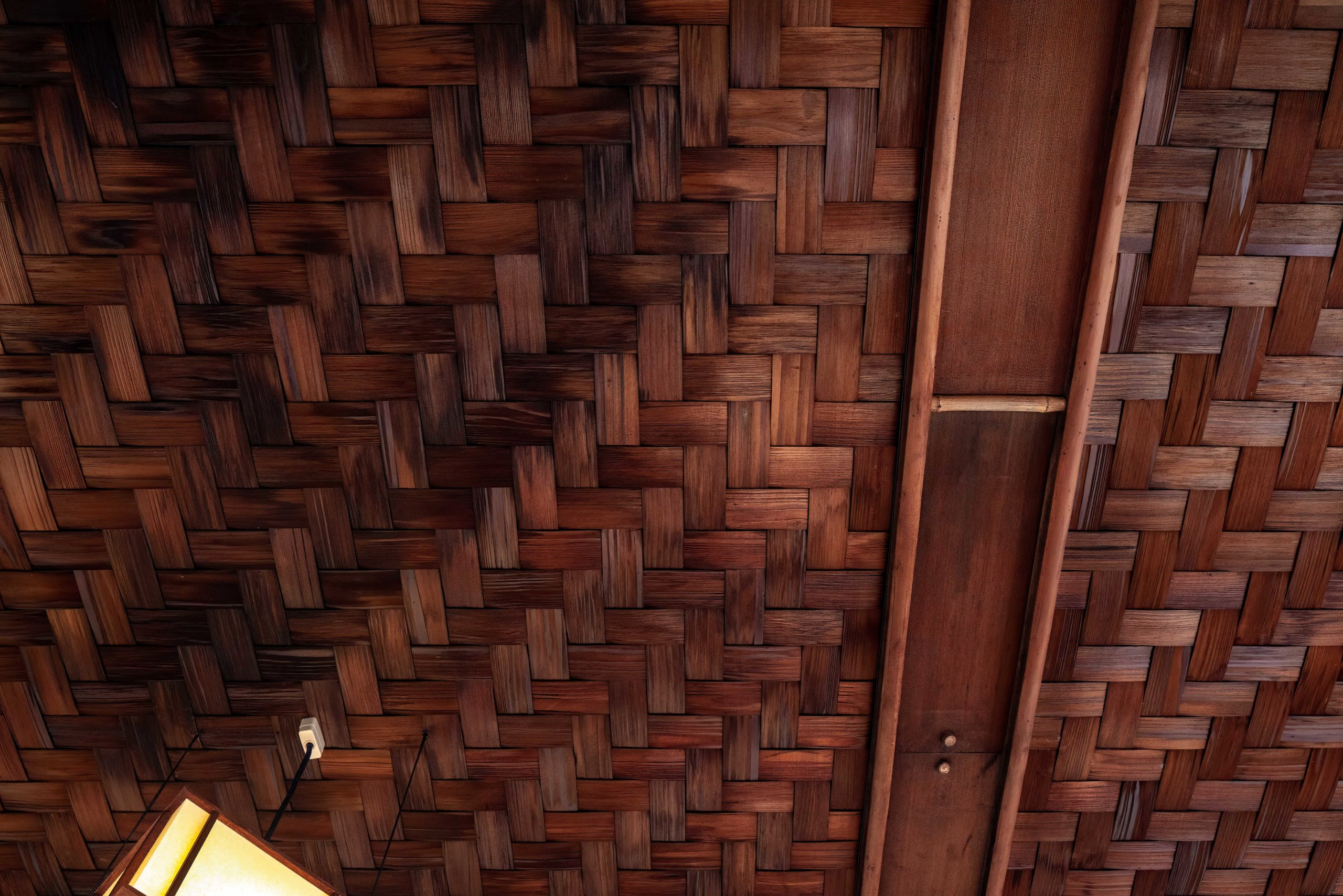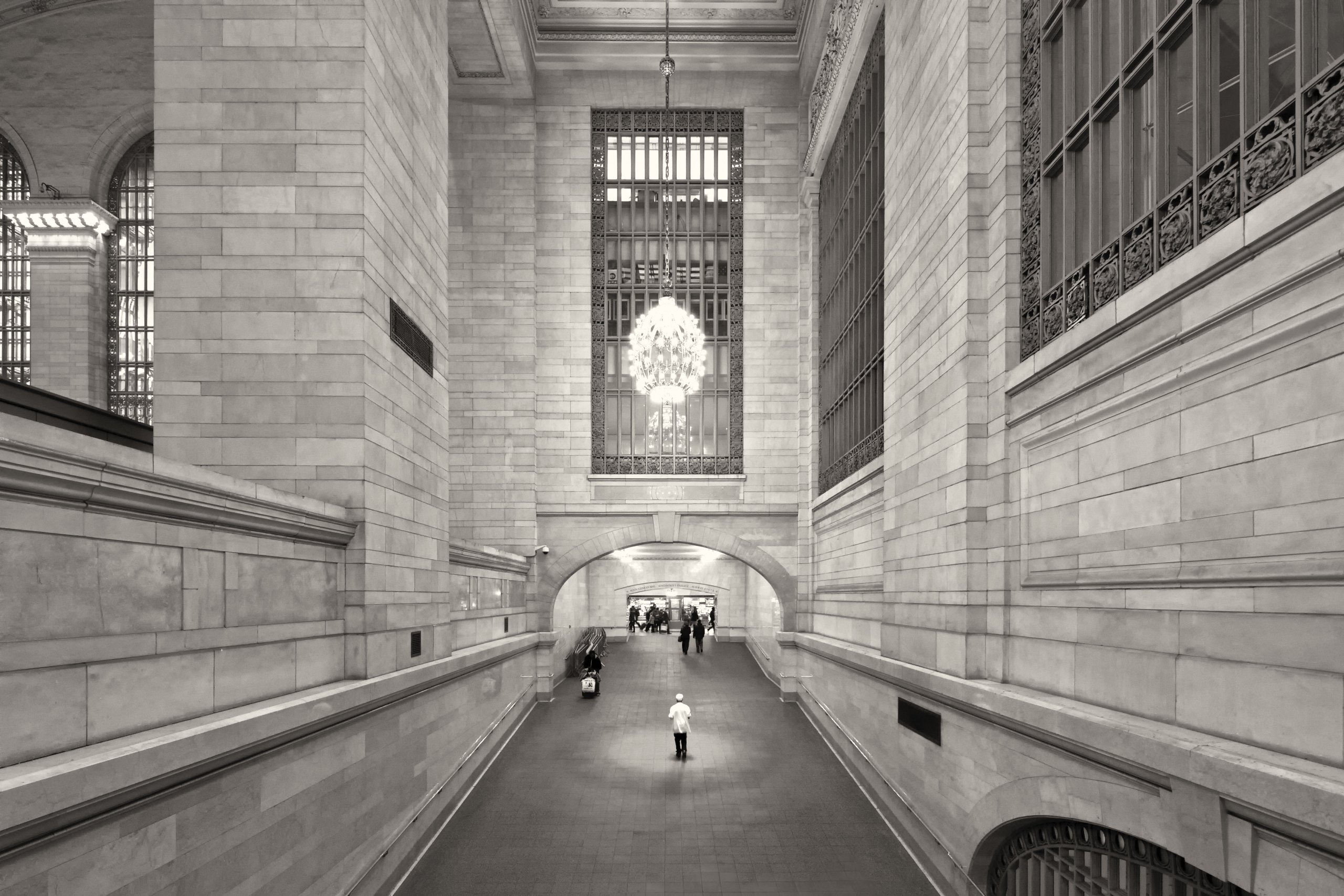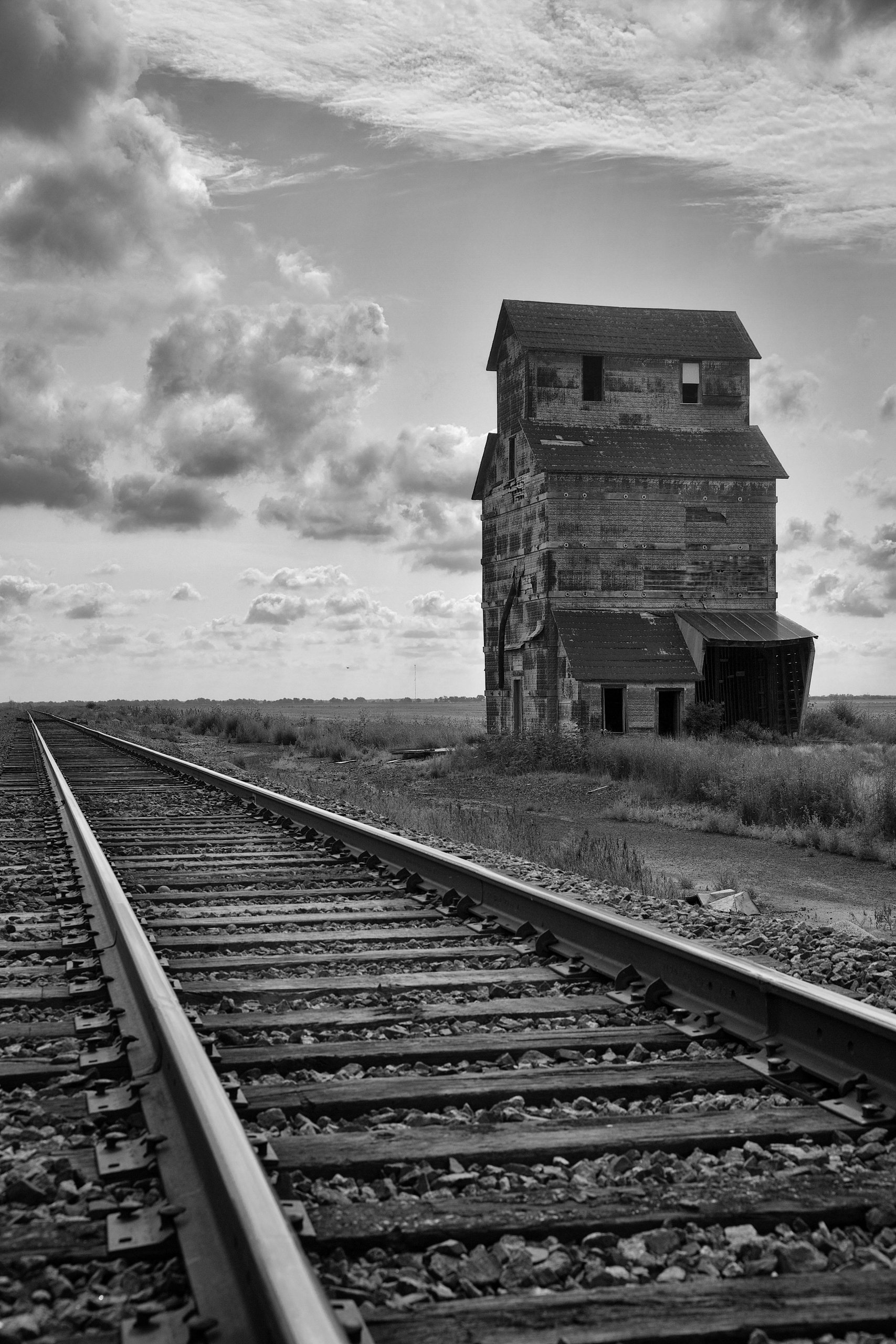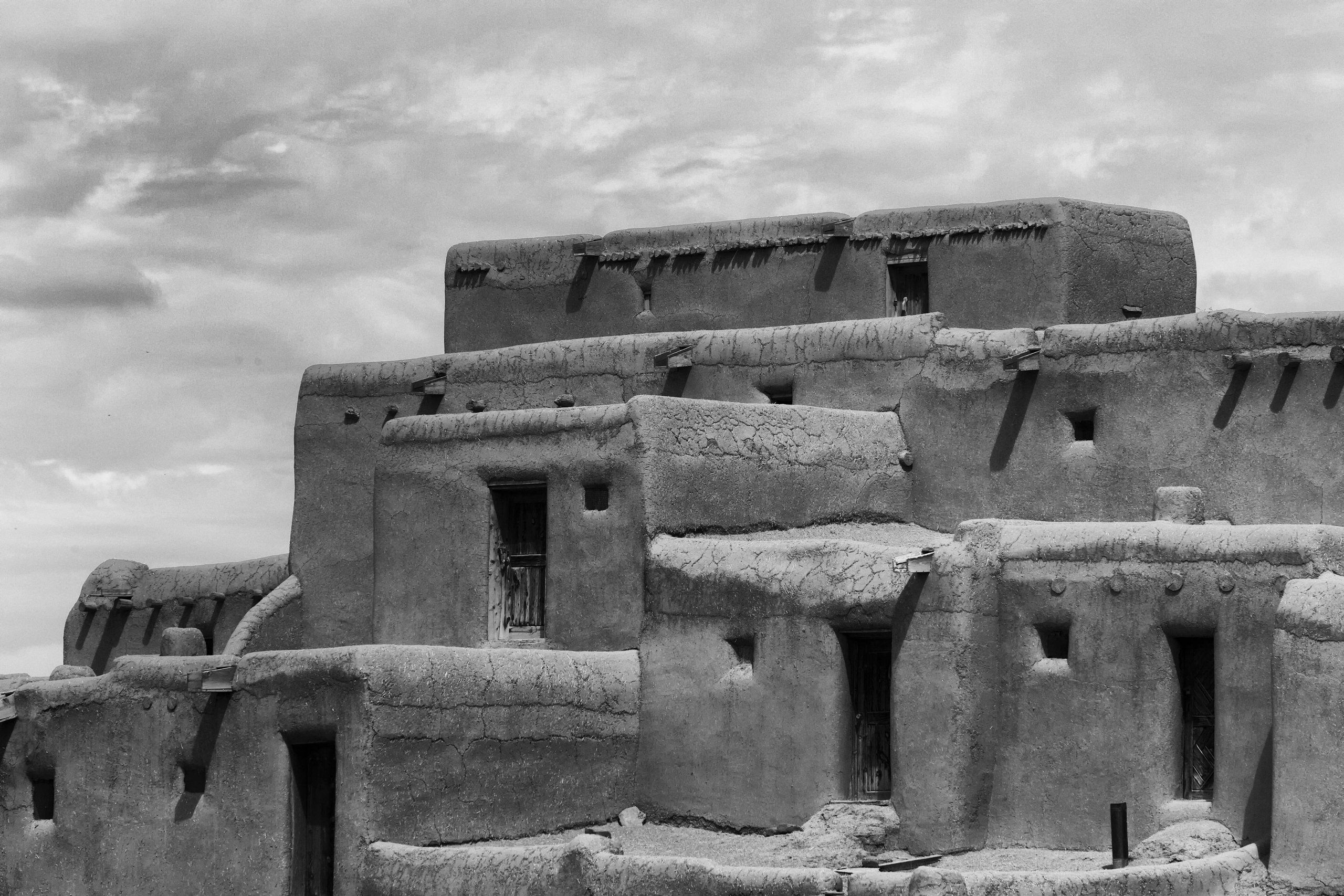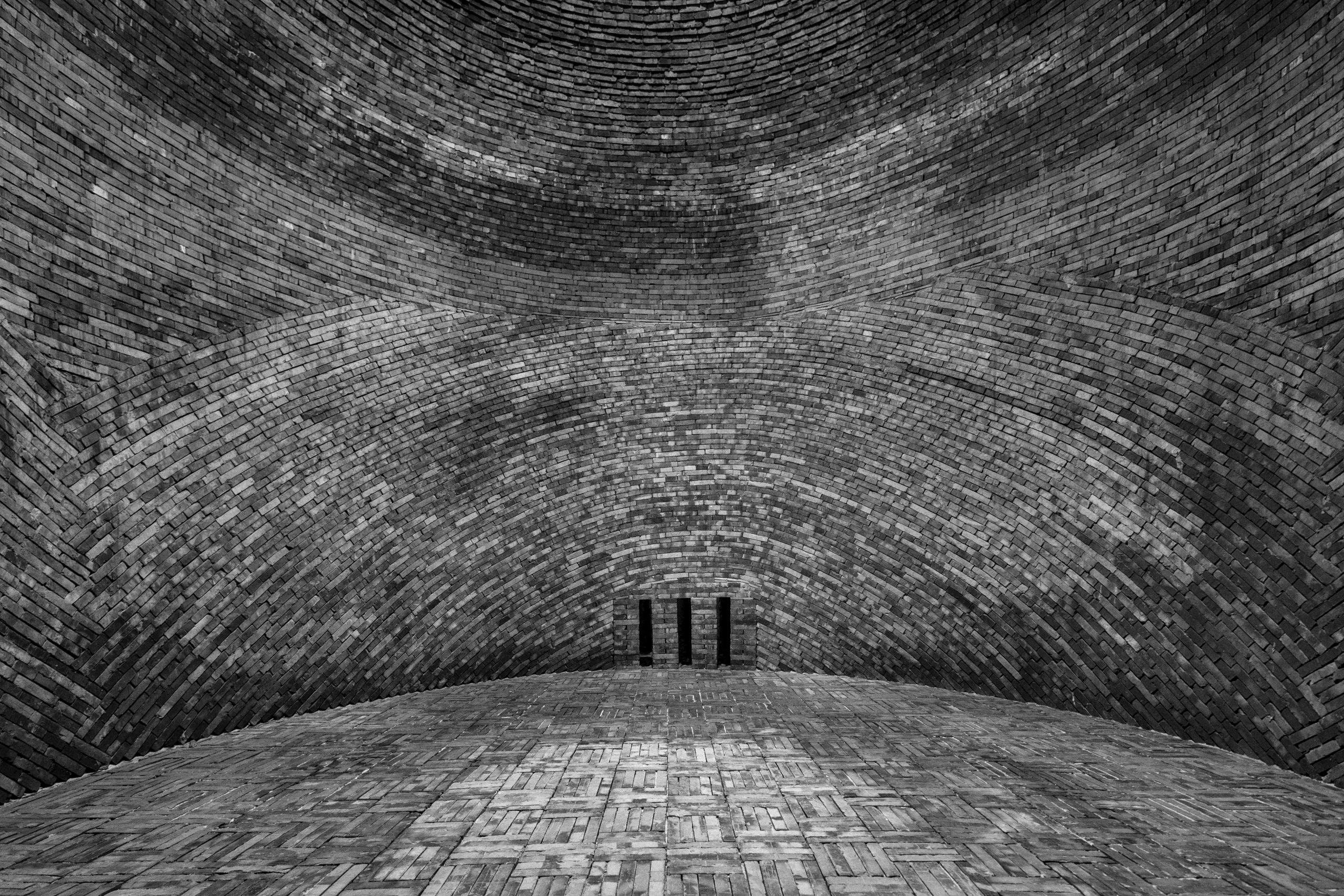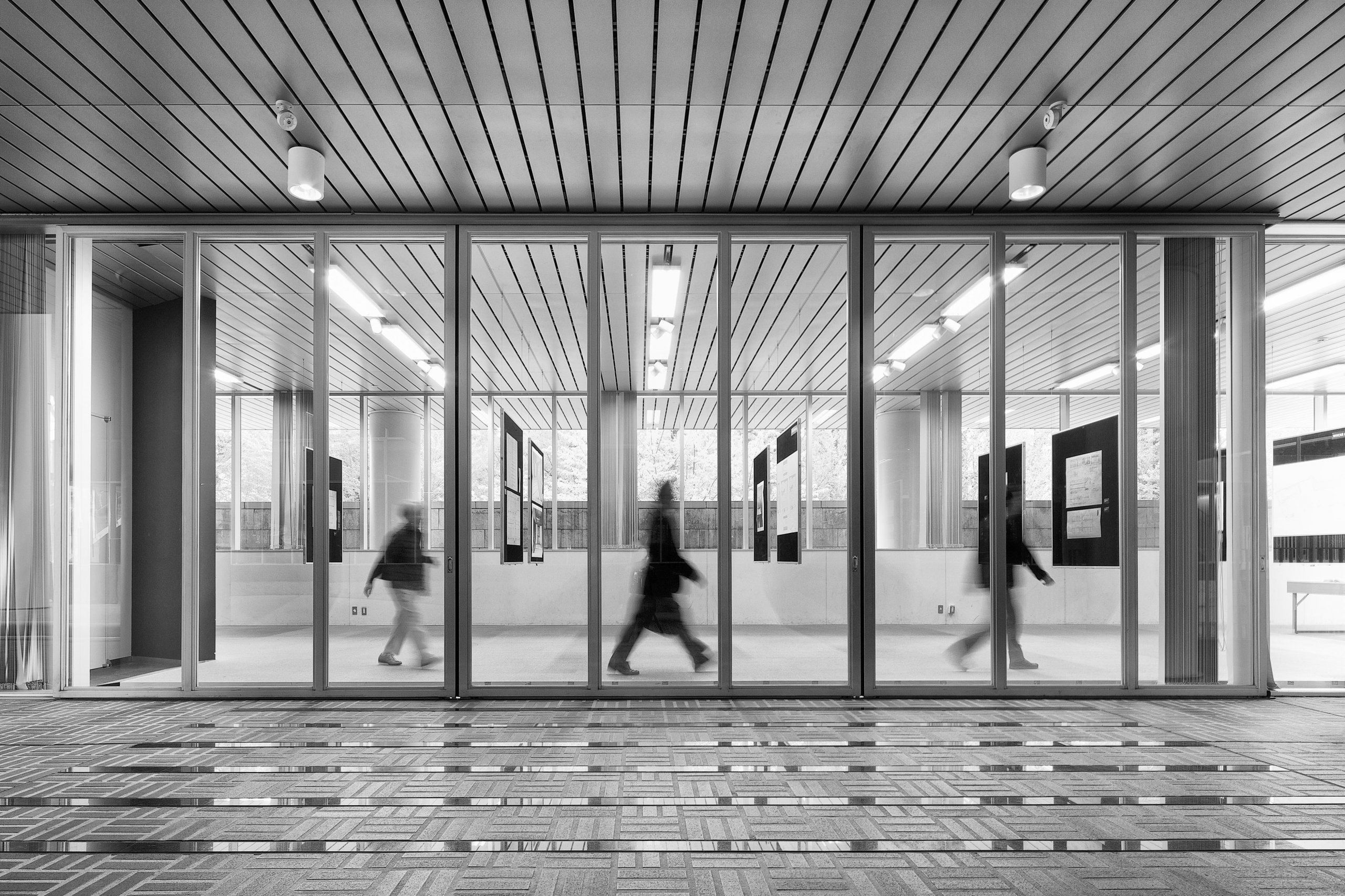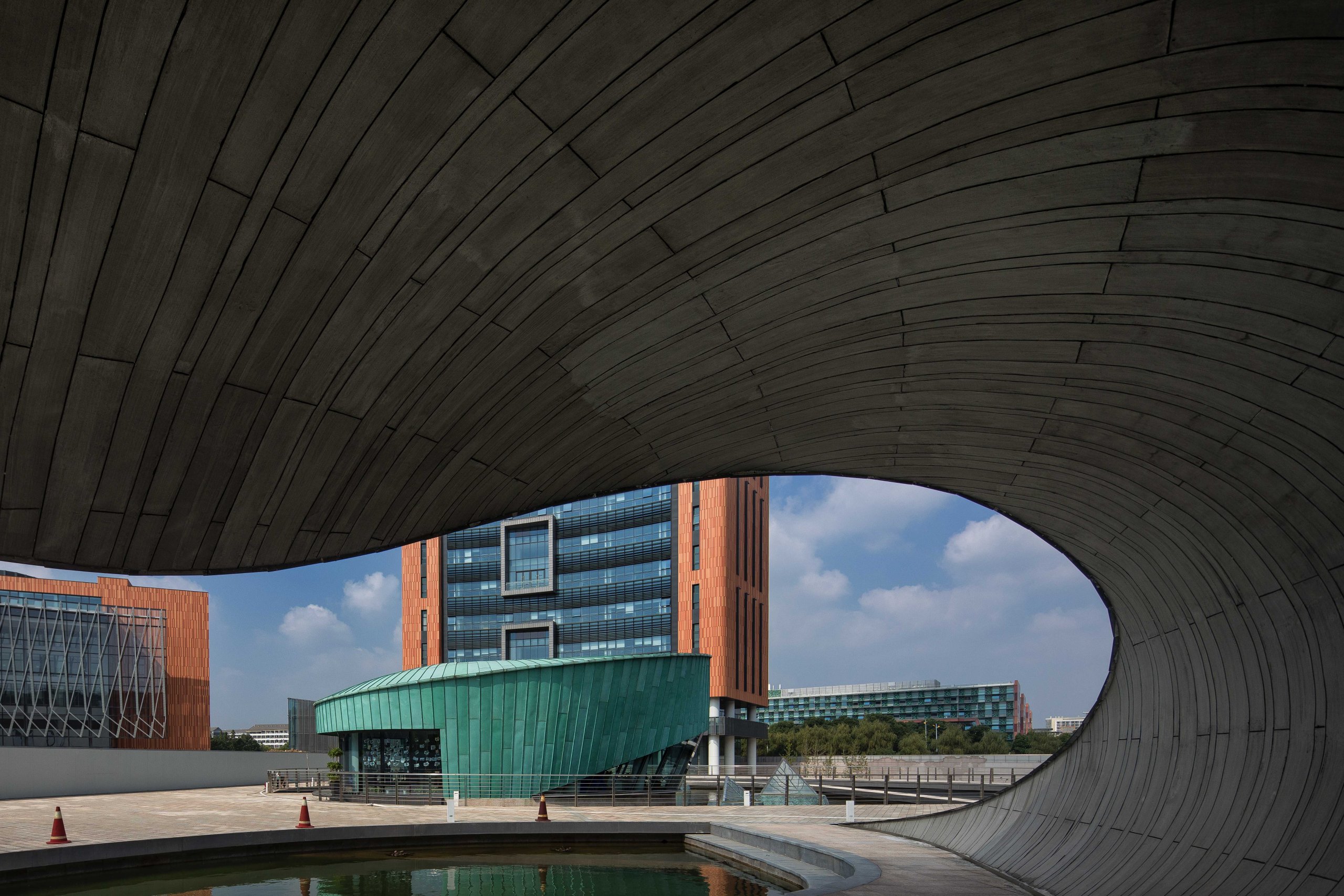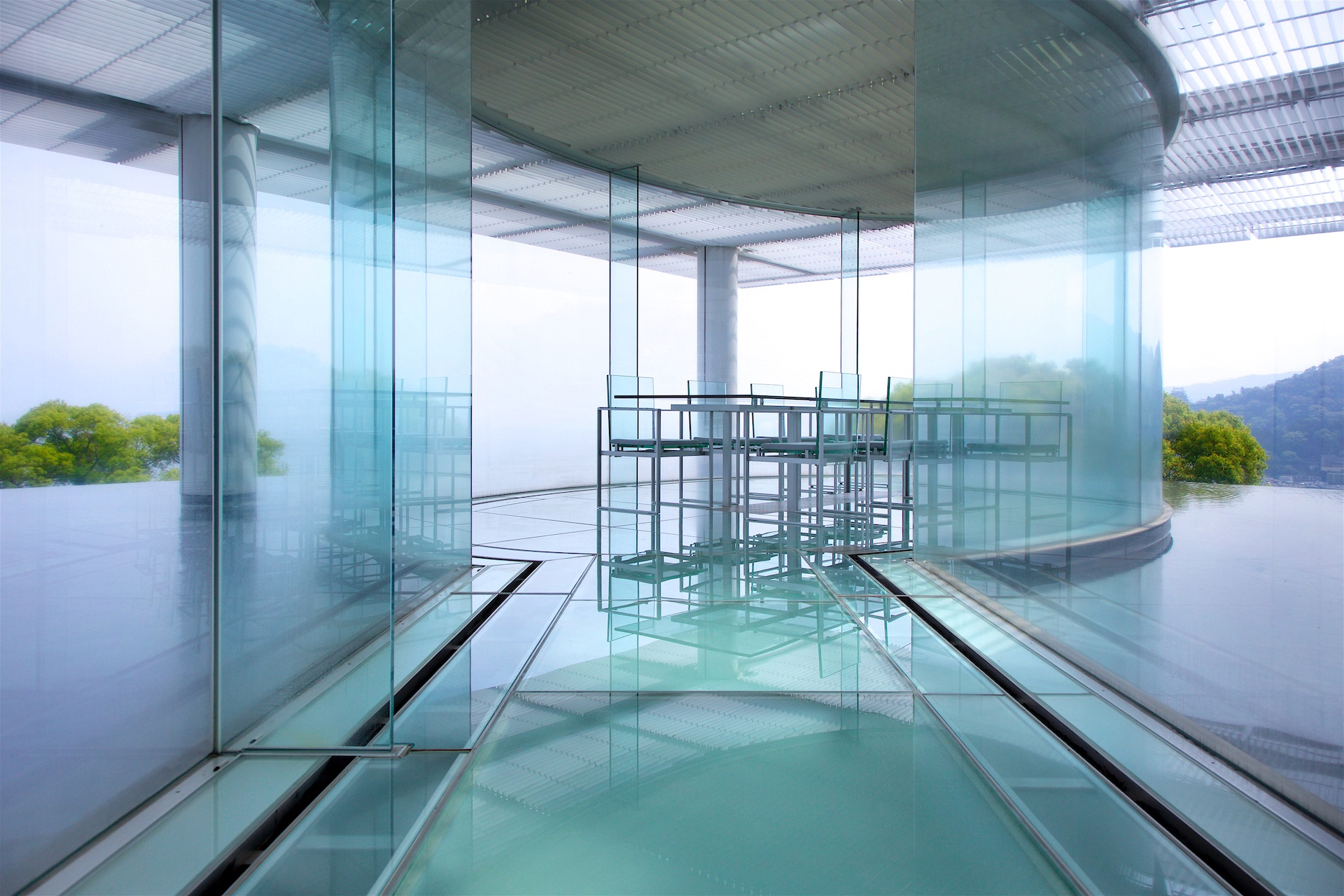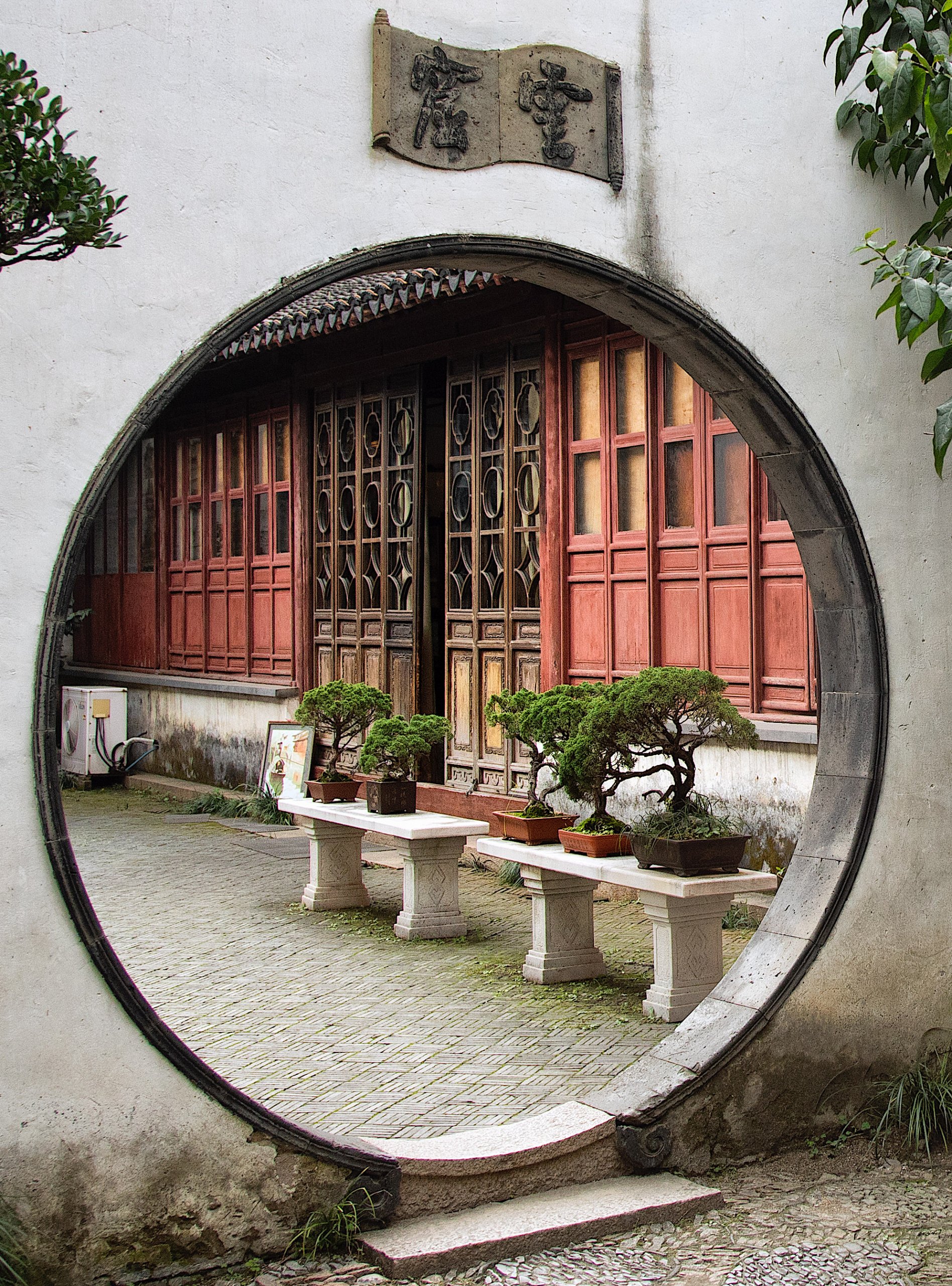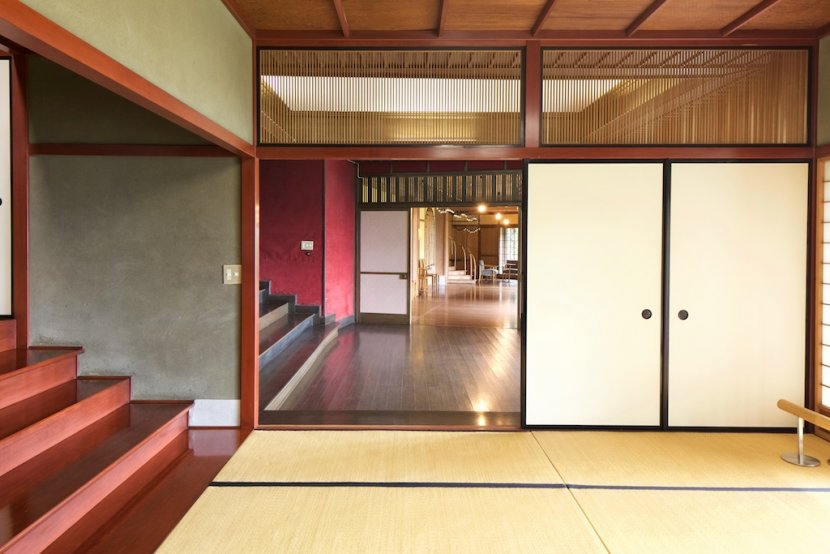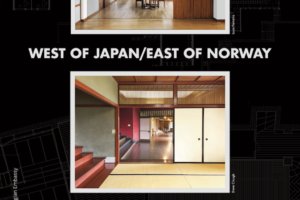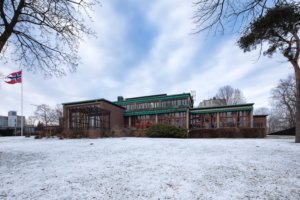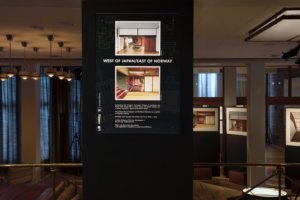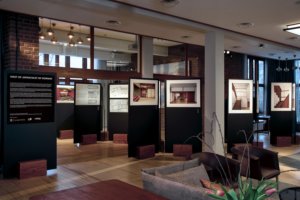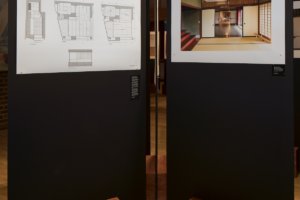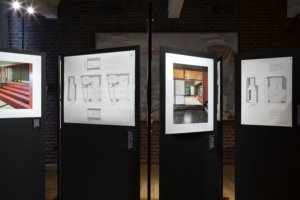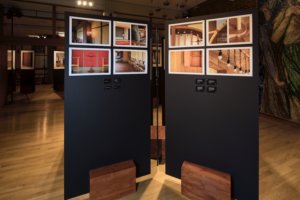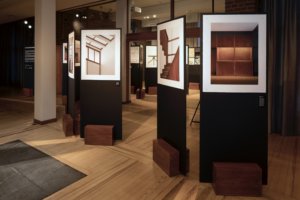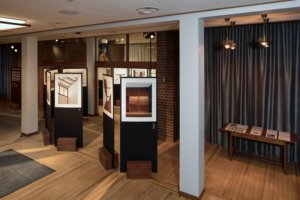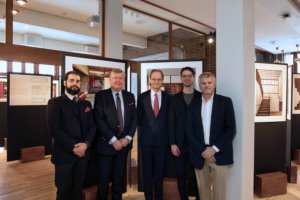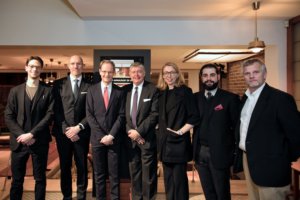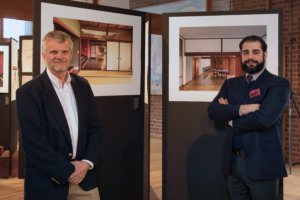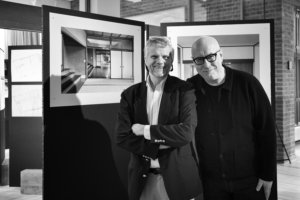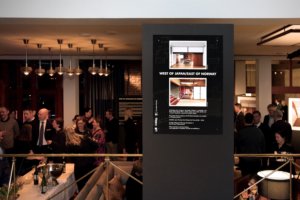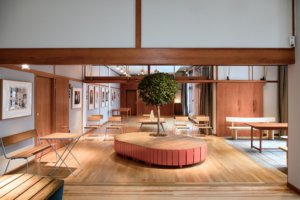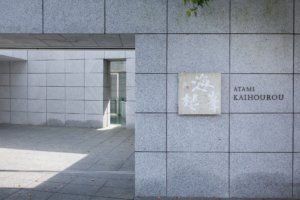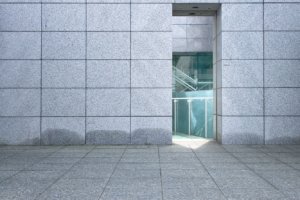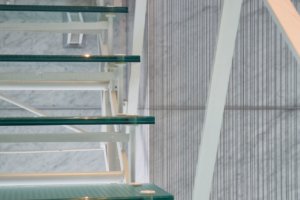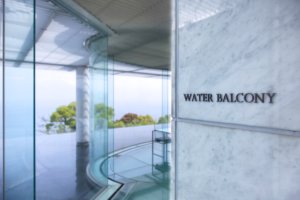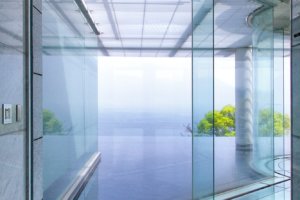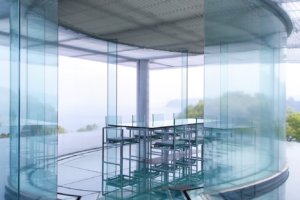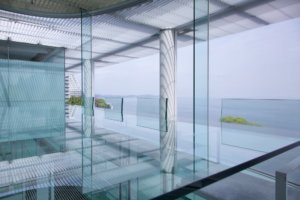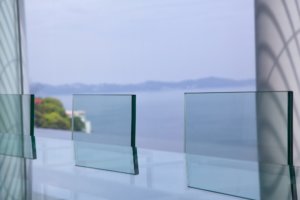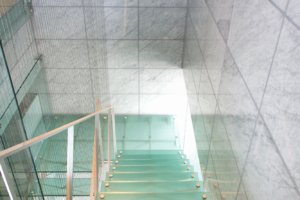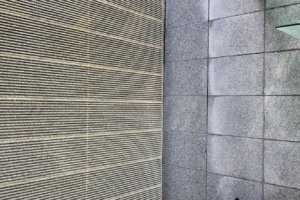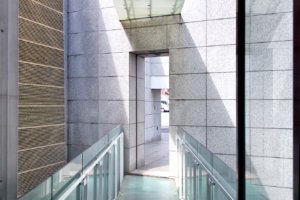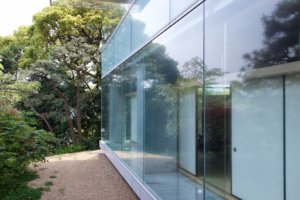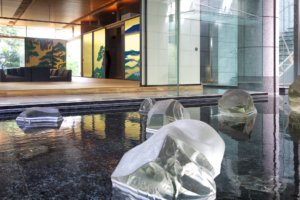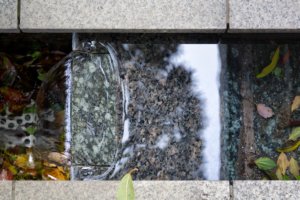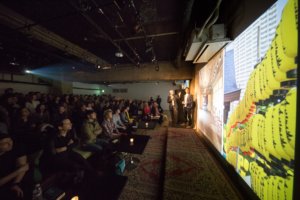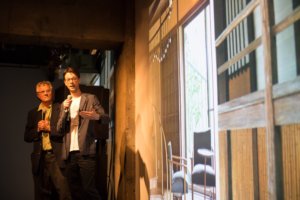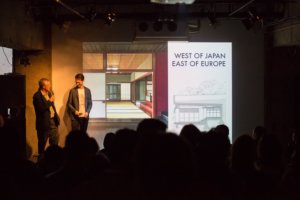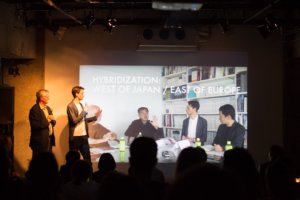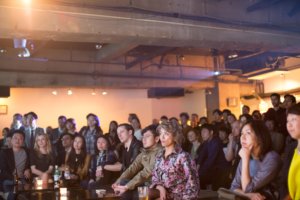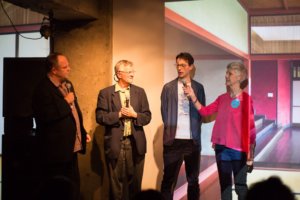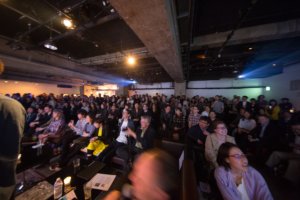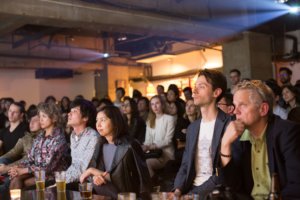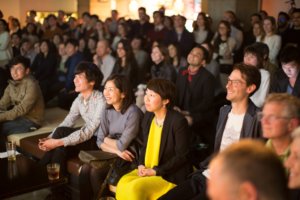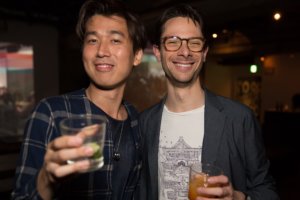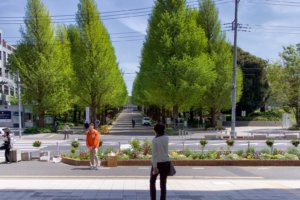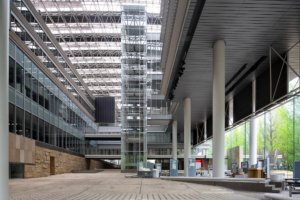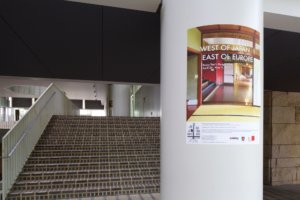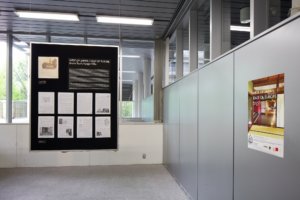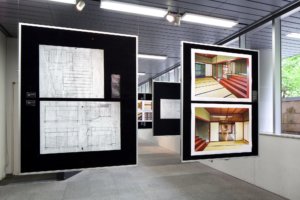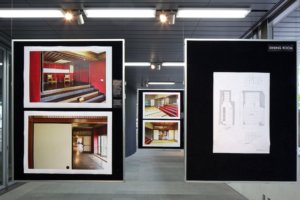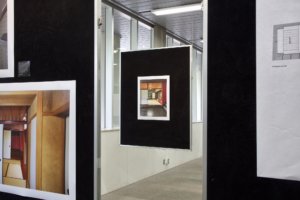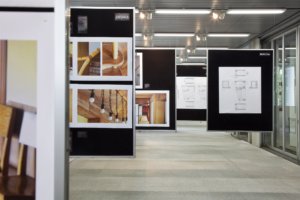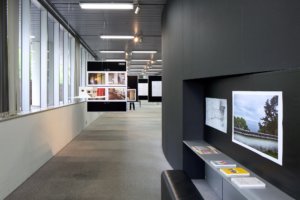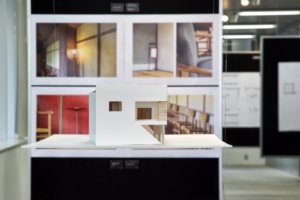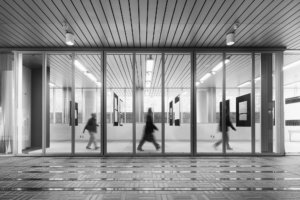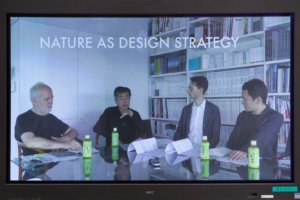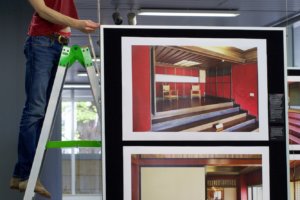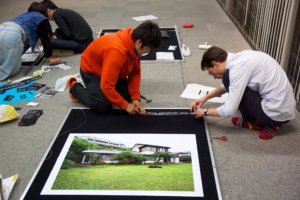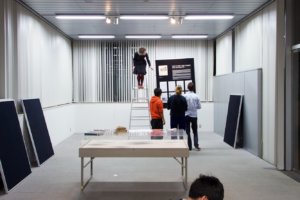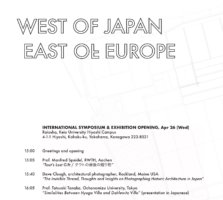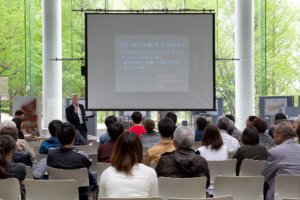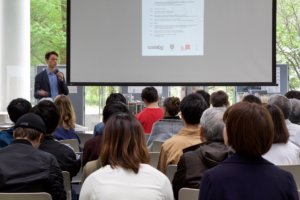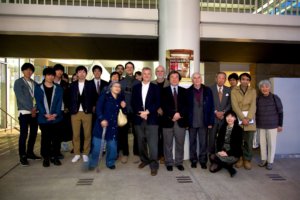Chochikukyo
Chochikukyo
Designed by architect Koji Fujii, and built in 1928, Chochikukyo stands proudly in the foothills of Mount Tennōzan in the historic village of Oyamazaki cho on the western edge of Kyoto prefecture, not far from the famed Suntory Yamazaki Distillery. Chochikukyo is actually the end result of Fujii’s relentless goal of creating a living space with sustainable features that takes into account the unique climate and conditions of Japan. Prior Fujii had built four other experimental residences – none to his satisfaction. It is a marvel to look at and amazes at every angle, with obvious attention paid to even the minutest of details…consider a barely noticeable door stop which mimics in shape the archway above.
This was a photography project long in the making. The idea was first suggested to me back in 2019 and plans were made to travel to Japan, and access to the building’s interior was granted from the owner of the building, Takenaka Corporation. With travel restrictions in place for COVID 19 for several years, the trip was indefinitely postponed.
A sudden trip to Japan at the end of 2022 provided an opportunity to fulfill this long-stalled dream. A short and scenic walk from Yamazaki JR station, Chochikukyo sits upon an elevated rise of earth overlooking the Yodogawa plain below. Currently the landscaping is under construction to repair damage from a typhoon and earthquake in 2018, thus the scarcity of exterior images below.
To my eye, it vaguely brought to mind an art deco design with its geometric patterns, archways, and use of lines. It is the result of years of study and observation of Fujii’s travels abroad. He put into practice never before used techniques in Japanese construction such as using the metric system for measurement rather than traditional Japanese construction measurement units. Utilizing a unique ventilation system, the building is naturally cooled in the hot summer months. Visually it feels very comfortable to be in this space. The tatami flooring is on a 30 cm platform so that eye level would be the same as guests sitting in chairs in the open wooden floor area.
Light fixtures and furniture pieces are all designed by Fujii himself. The property consists of three buildings – the main house, a tea house, and the Pavilion (Room of Quiet).
Koji Fujii died at the age of 49 in 1938, having only lived for ten years in Chochikukyo.
My profound thanks and gratitude to all who made this project possible and most especially to Takenaka Corporation for its cooperation, as well as the volunteer Chochikukyo Club. The homepage is: http://www.chochikukyo.com/
For further reading, feel free to contact me. I would be happy to provide more information.
Click on any image below to see larger image
聴竹居
建築家の藤井厚二によって設計され、1928 年に建てられた聴竹居は、有名なサントリー山崎蒸留所からそう遠くない、京都府の西端にある歴史的な大山崎町の天王山のふもとに誇らしげに立っています。 実際、聴竹居は、日本の独特の気候と条件を考慮に入れた持続可能な機能を備えた生活空間を作り出すという藤井の絶え間ない目標の最終結果です。 藤井氏は以前、神戸に1つ(第1回住宅)、大山崎町の西国街道に1つ(第2回住宅)、さらに同じ谷田地区の敷地内に 2つの実験住宅を建設していましたが、どれも満足のいくものではありませんでした。 細部にまで注意が払われていることは明らかで、どの角度から見ても驚くべきものです。
これは長い期間に渡った写真プロジェクトでした。 このアイデアは2019年に初めて私に提案され、日本への旅行が計画され、建物の所有者である竹中工務店から建物の内部へのアクセスが許可されました。 COVID 19の旅行制限が数年間実施されたため、旅行は無期限に延期されました。
2022年の終わりに突然の日本への旅行が、この長い間停滞していた夢を実現する機会を与えてくれました。JR山崎駅から歩いてすぐの眺めの良い聴竹居は、眼下に淀川平野を見下ろす小高い丘の上にあります。 現在、2018年の台風と地震による損傷の保存修理工事を終え、最後の外構·庭園整備工事が行われているため、以下の外観画像は不足しています。
私の目には、幾何学模様やアーチ、線の使い方など、どことなくアールデコ調のデザインを連想させました。 それは、藤井の長年の研究と海外視察での観察の結果です。 彼は、伝統的な日本の建設測定単位ではなくメートル法を測定に使用するなど、日本の建設ではこれまで使用されなかった技術を実践しました。 独自の換気システムを利用して、暑い夏の間、建物は自然冷却されます。 この空間にいると、視覚的にとても快適に感じます。 畳の床は30cmのプラットフォームにあり、目の高さはオープンなフローリングの床エリアの椅子に座っているゲストと同じになります。
照明器具や調度品はすべて藤井氏のデザイン。 敷地は、本屋、閑室(静寂の部屋)、茶室、の3つの建物で構成されています。
藤井厚二は、1938 年に 49 歳の若さで亡くなりました。
このプロジェクトを実現させてくださった皆様、特に協力してくださった竹中工務店様、そして有志の聴竹居俱楽部の皆様に心より感謝申し上げます。 ホームページは http://www.chochikukyo.com/
詳細については、お気軽にお問い合わせください。 より多くの情報を提供できれば幸いです。
下の画像をクリックすると、大きな画像が表示されます
